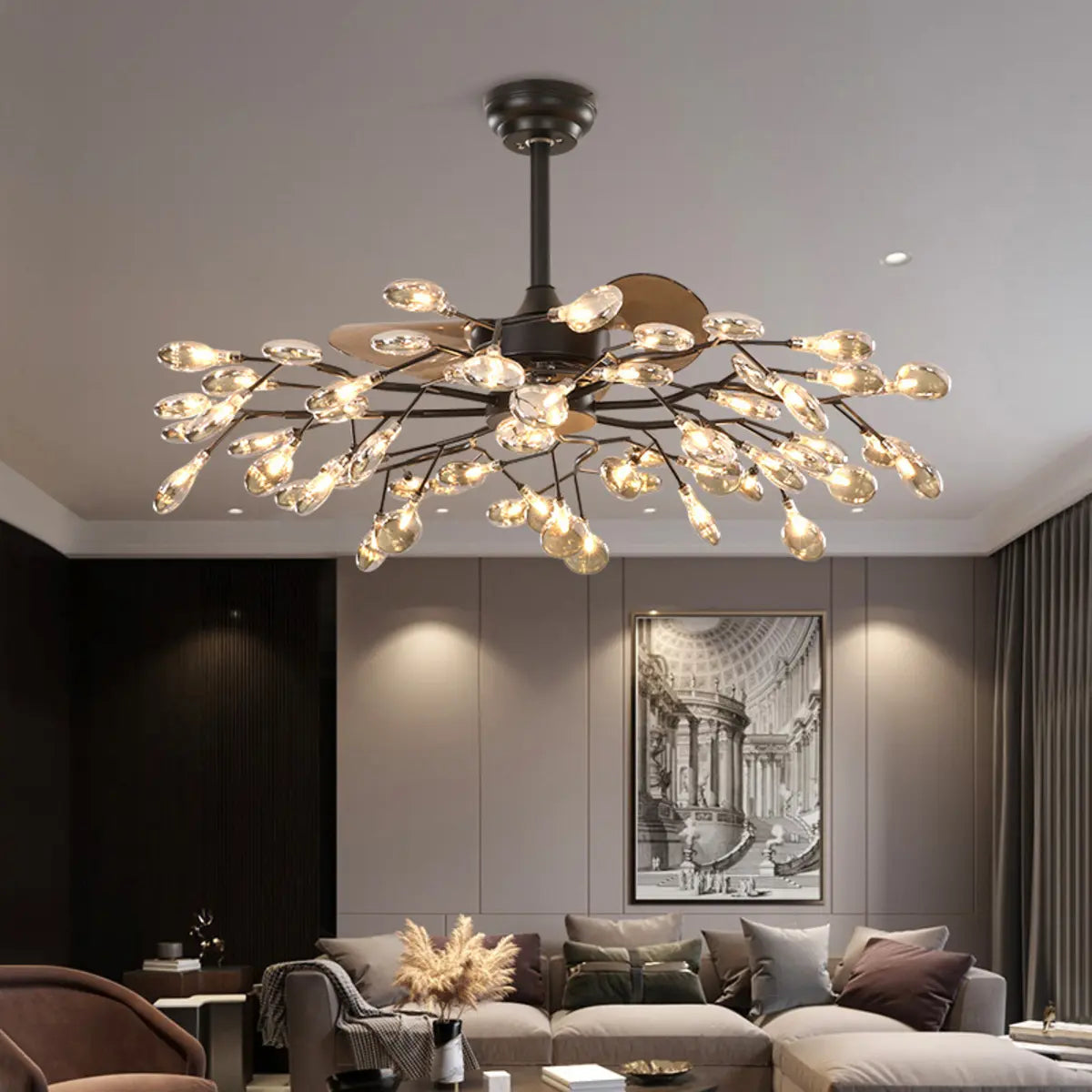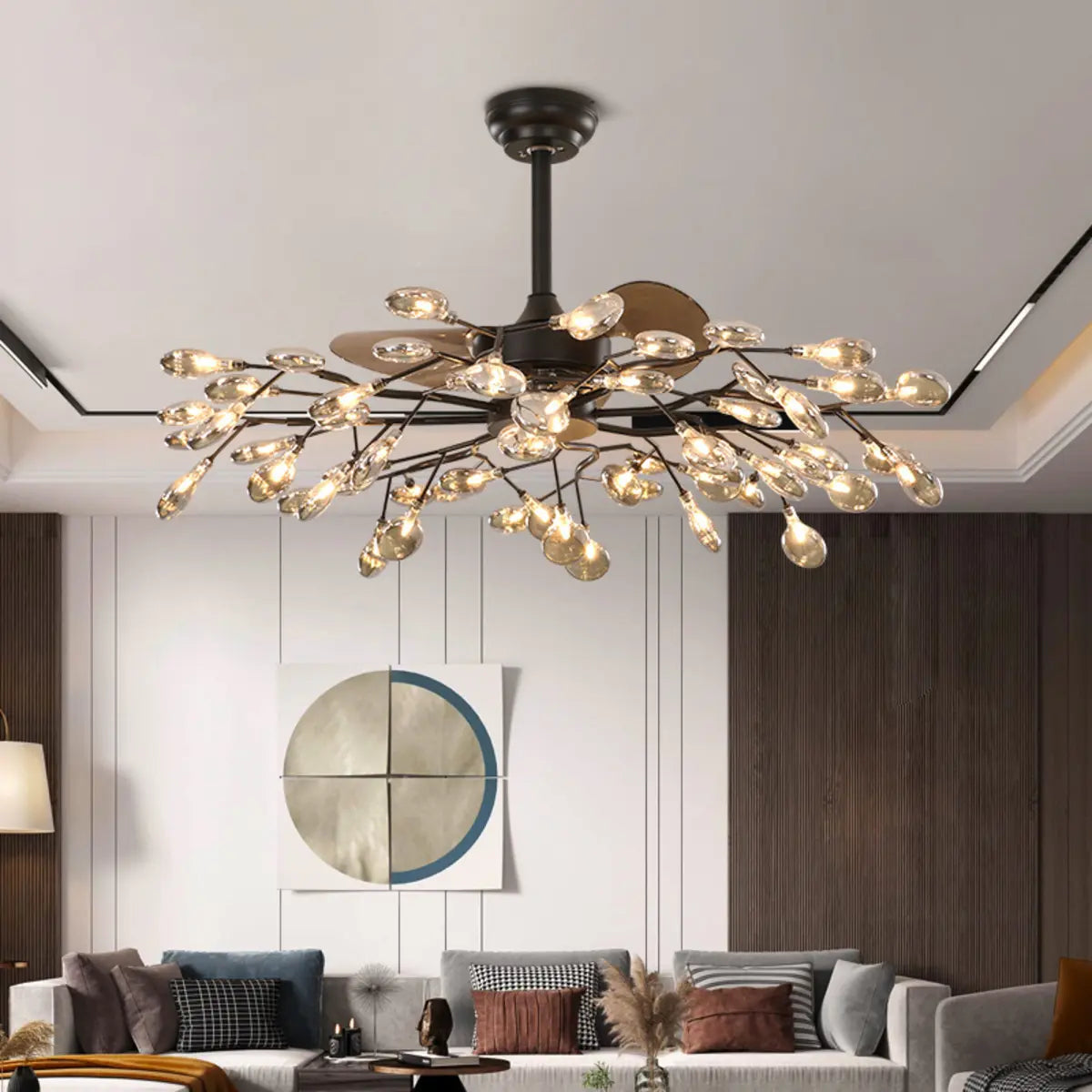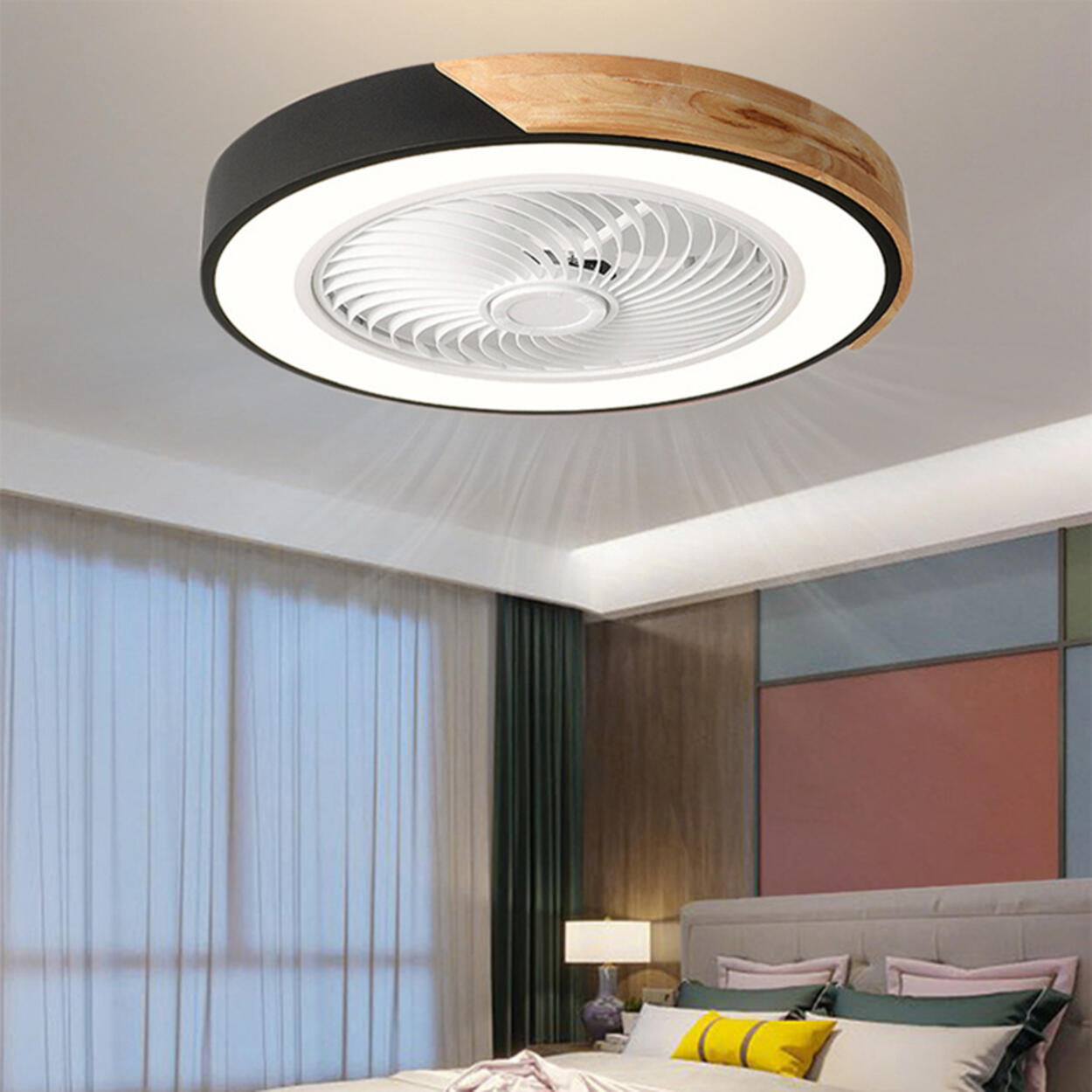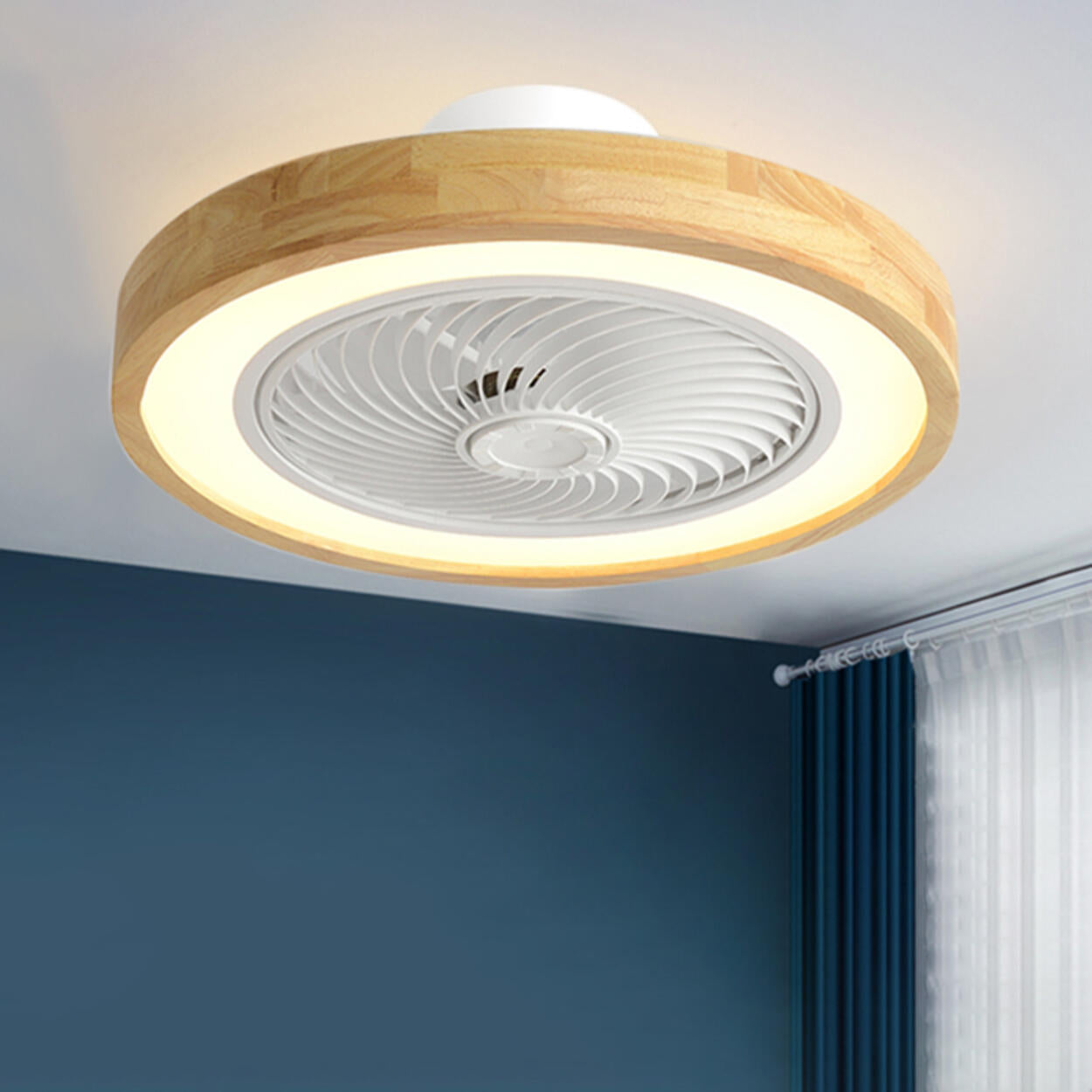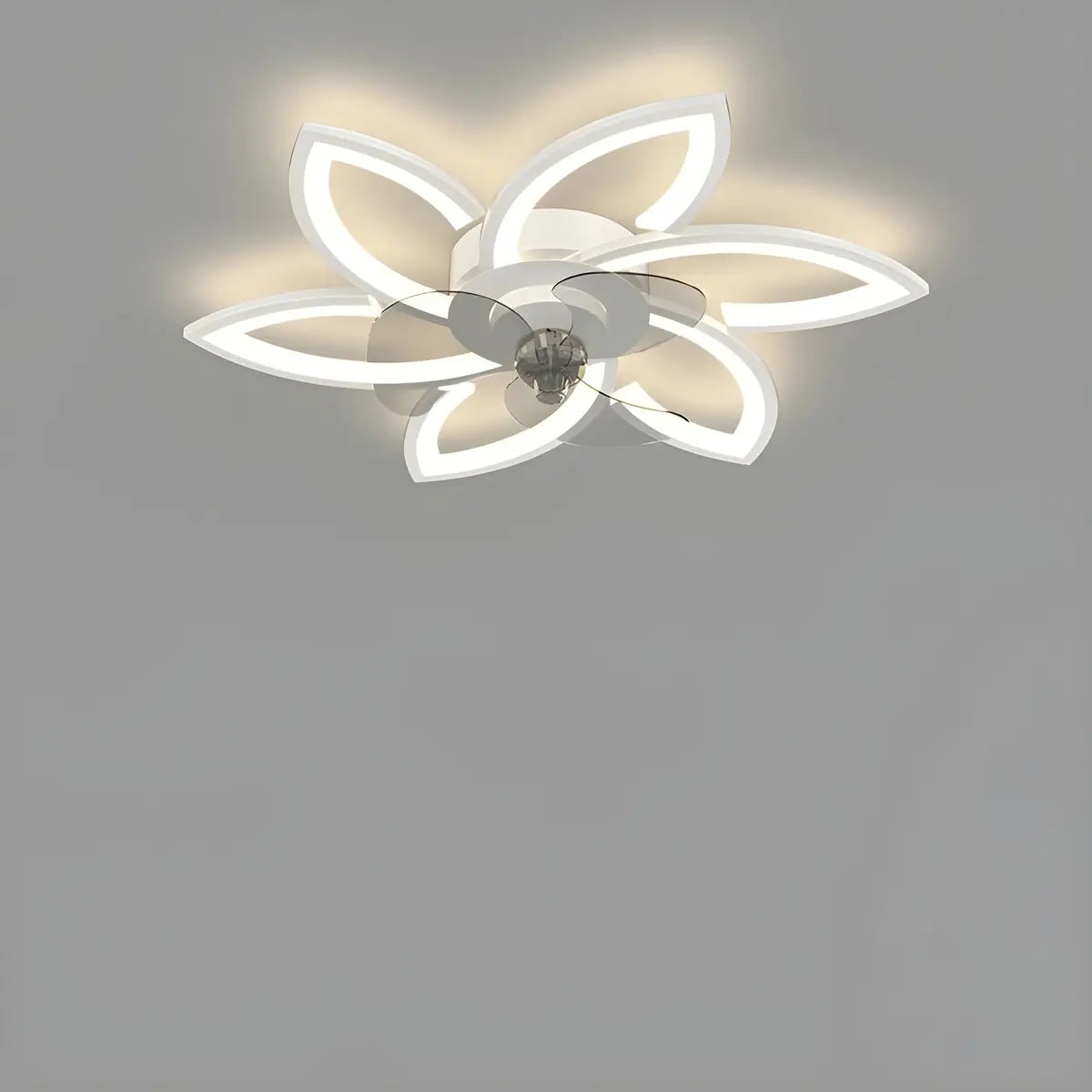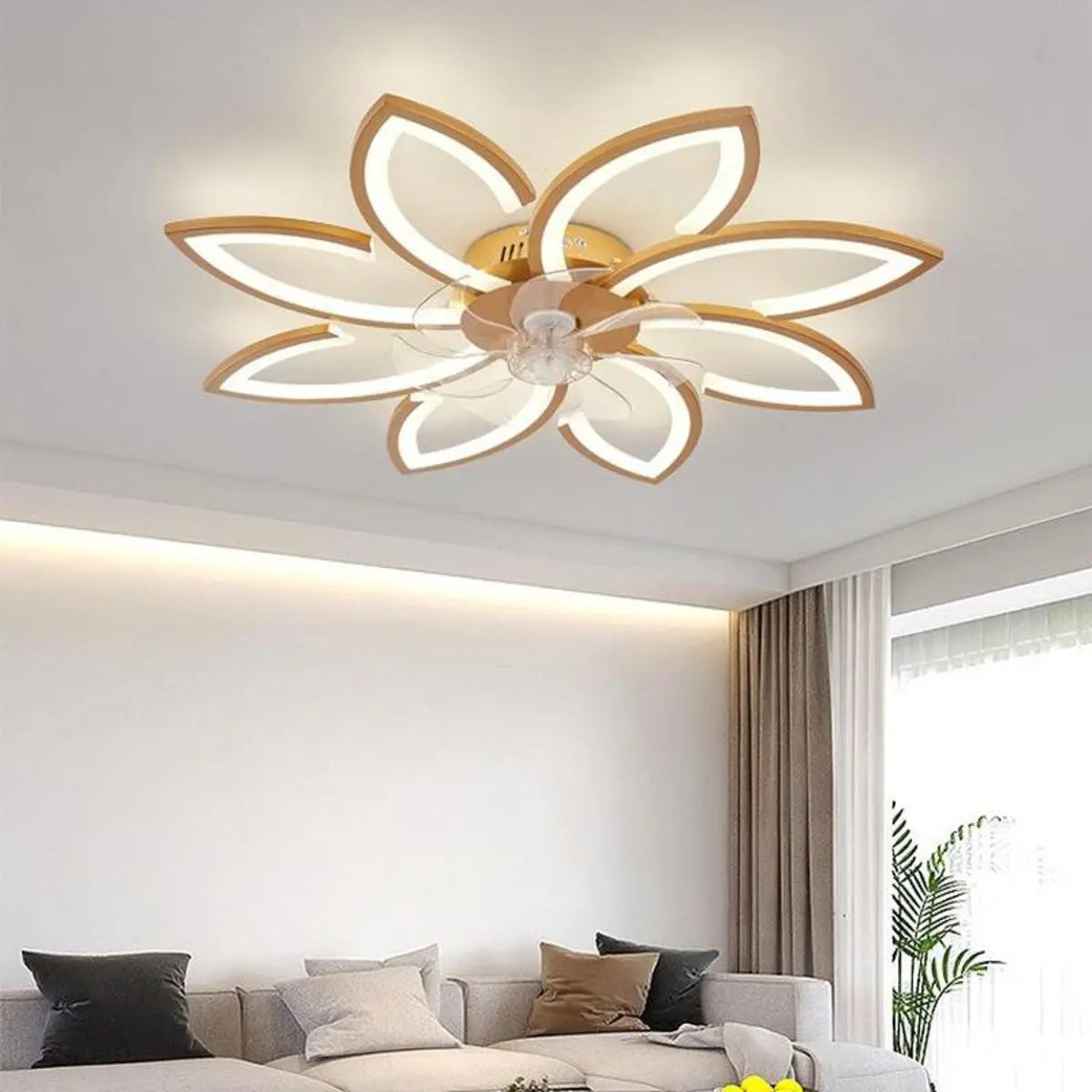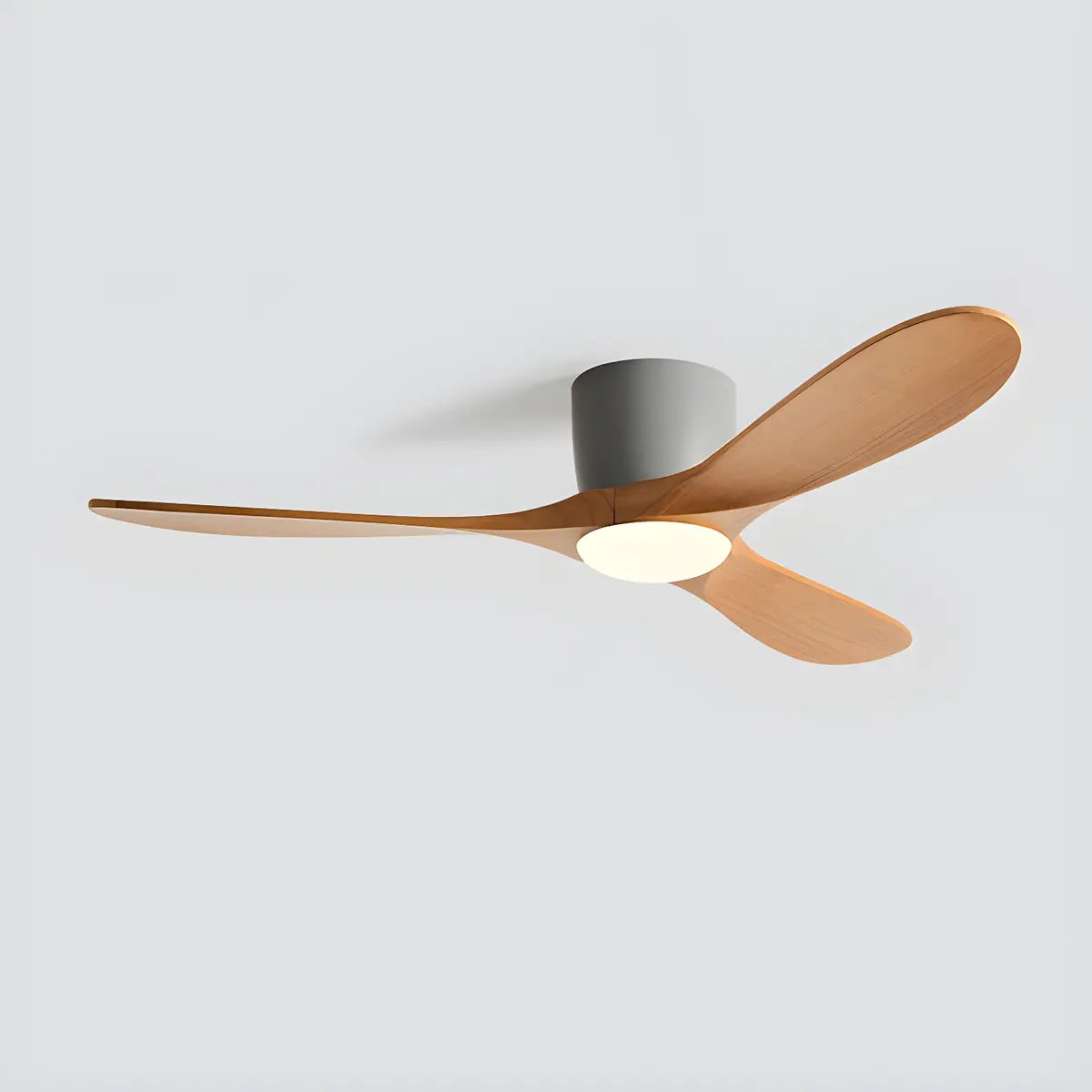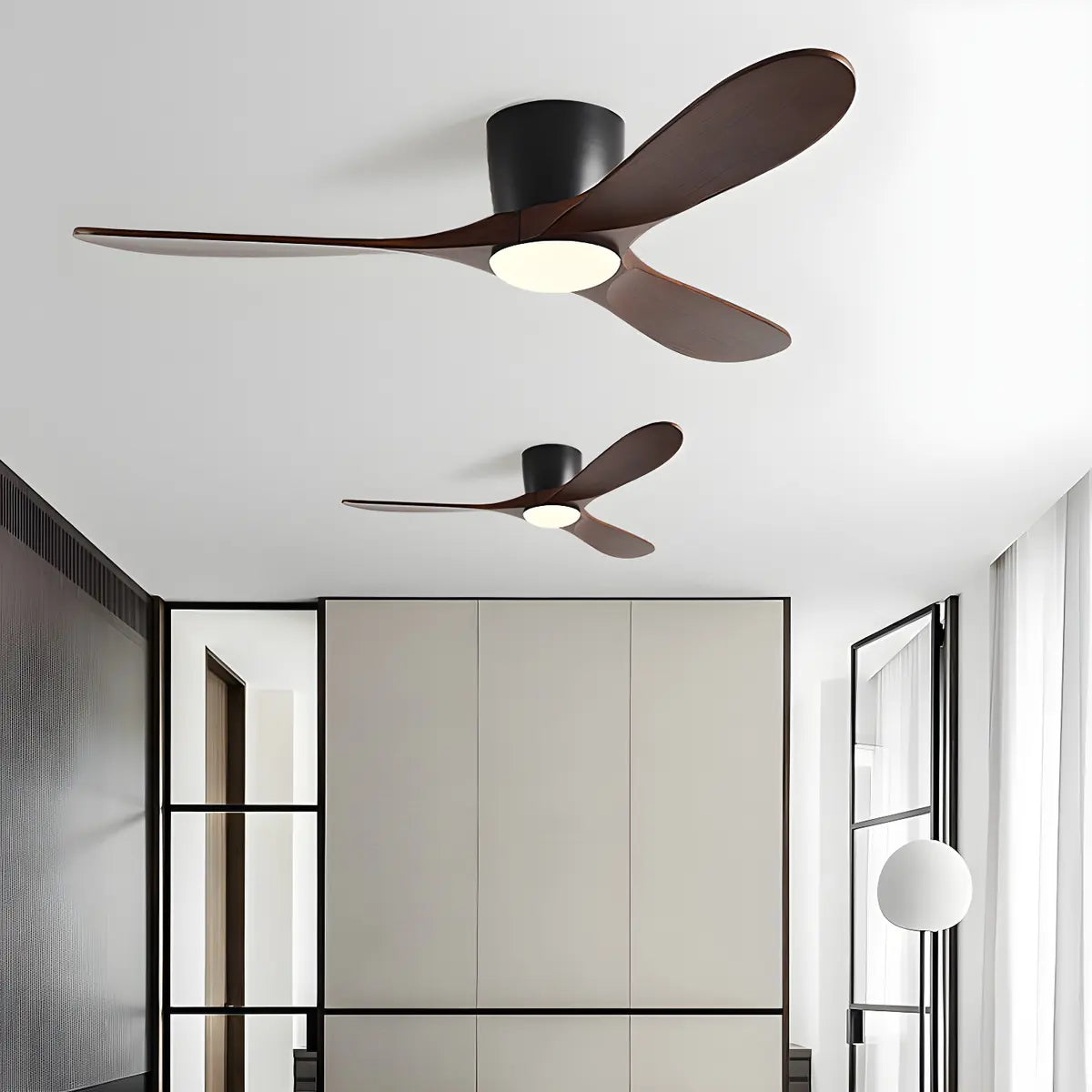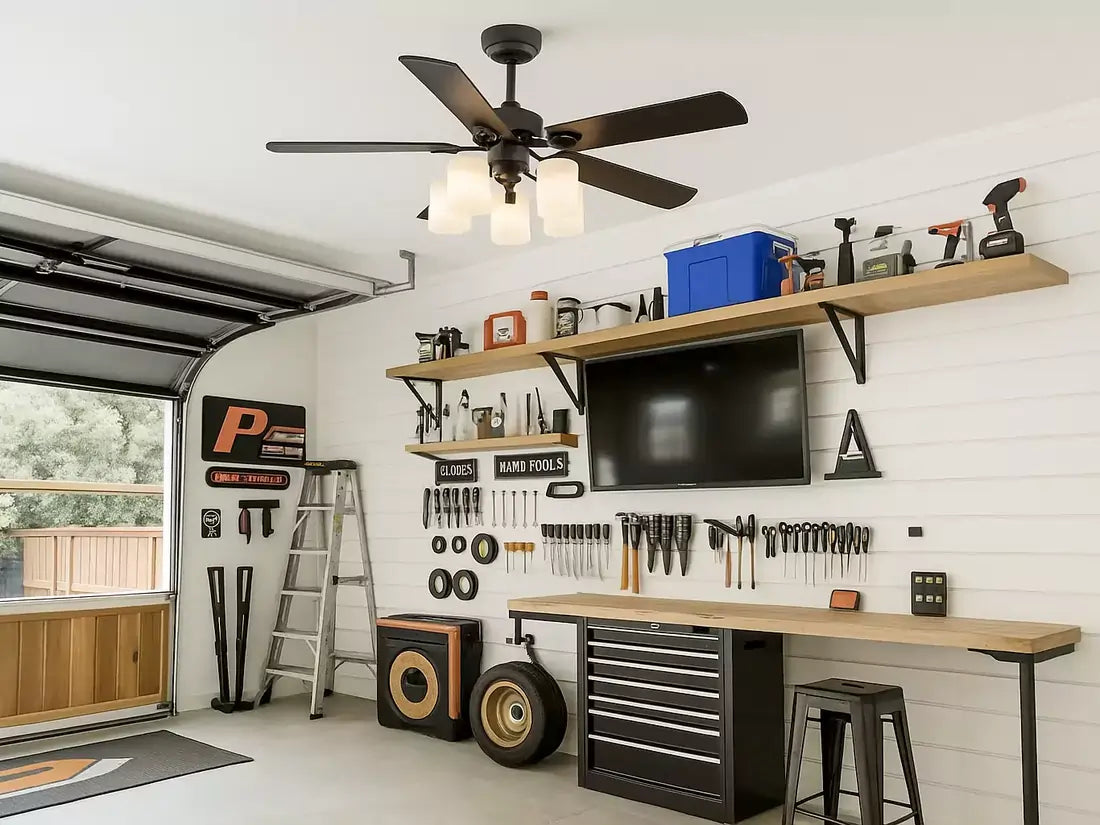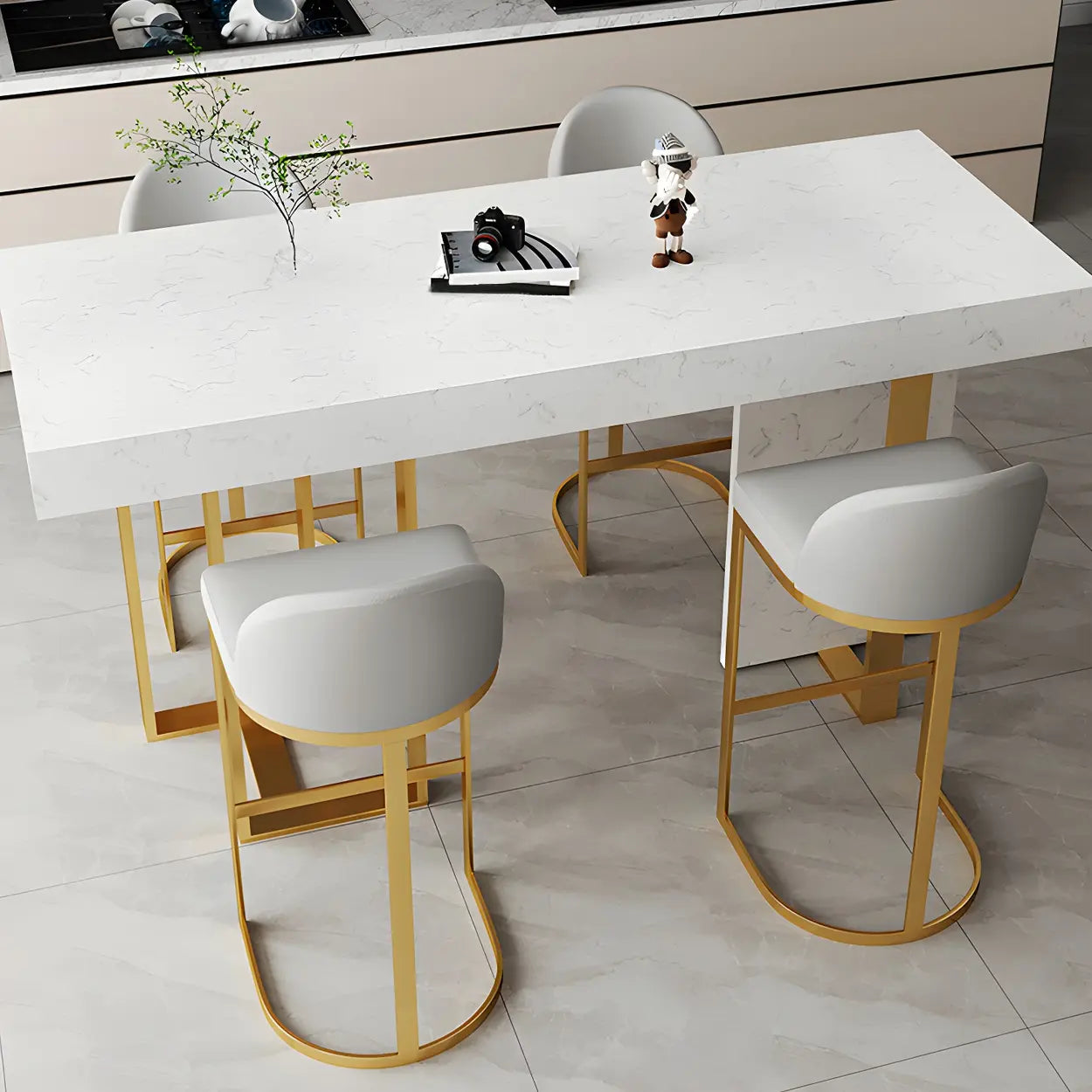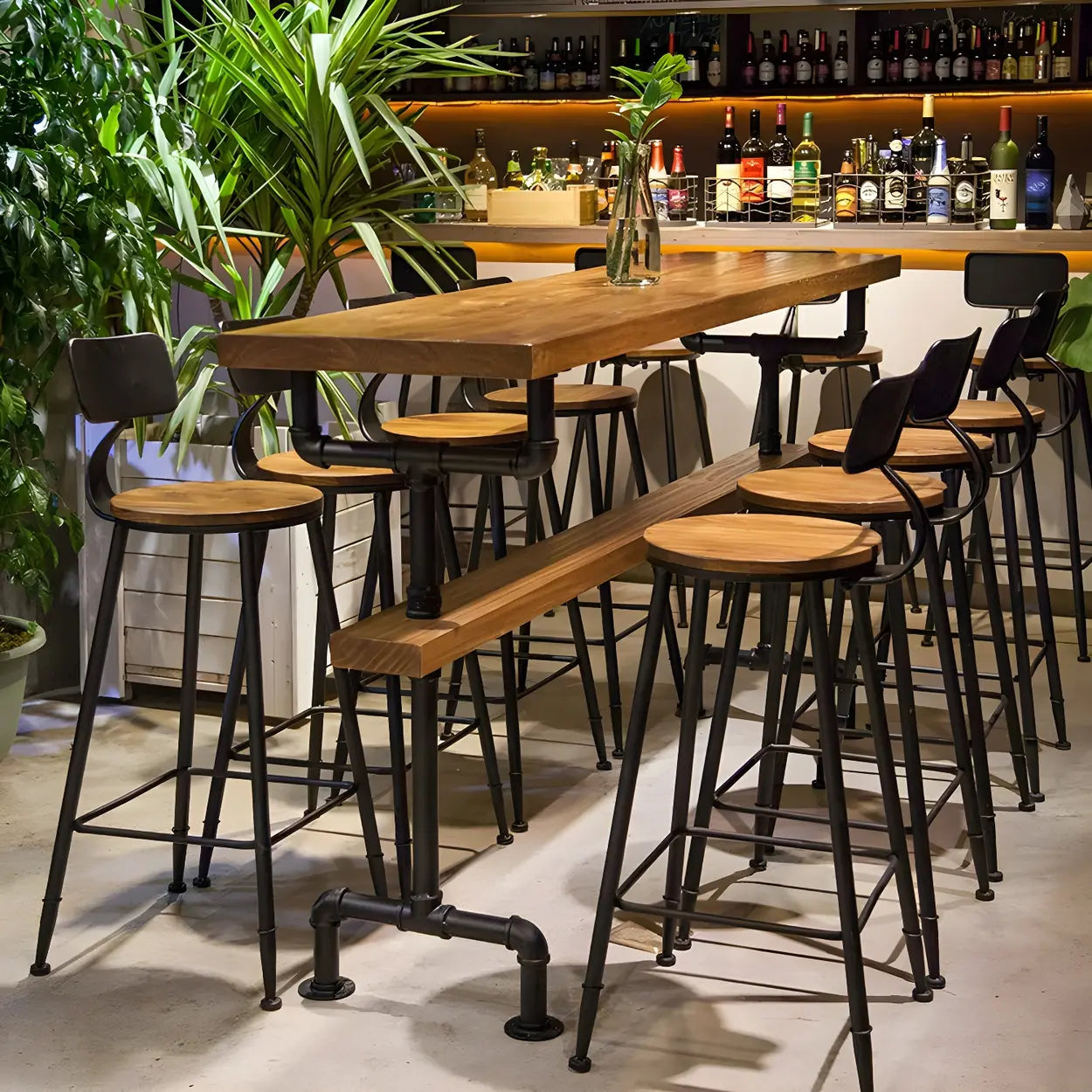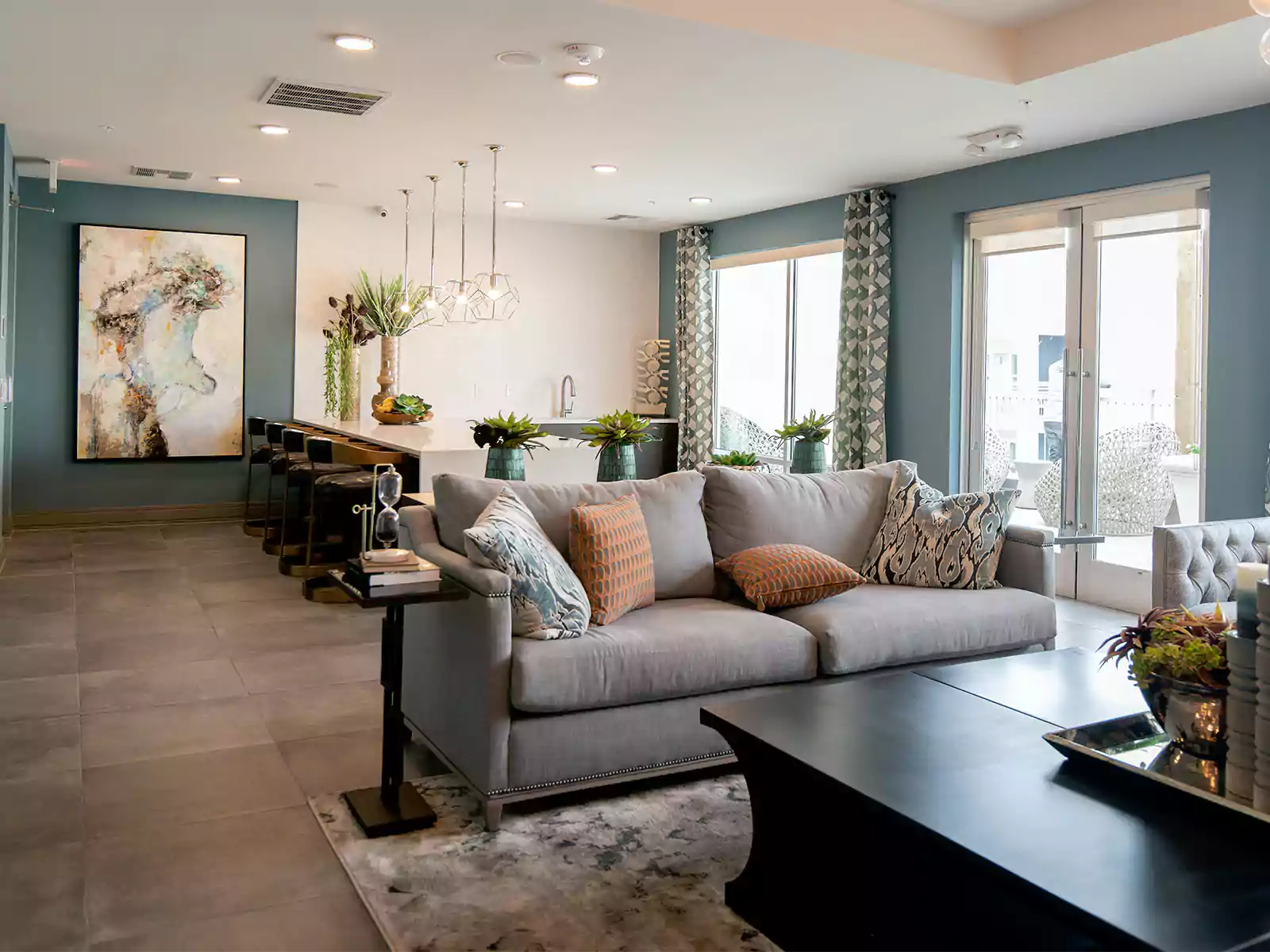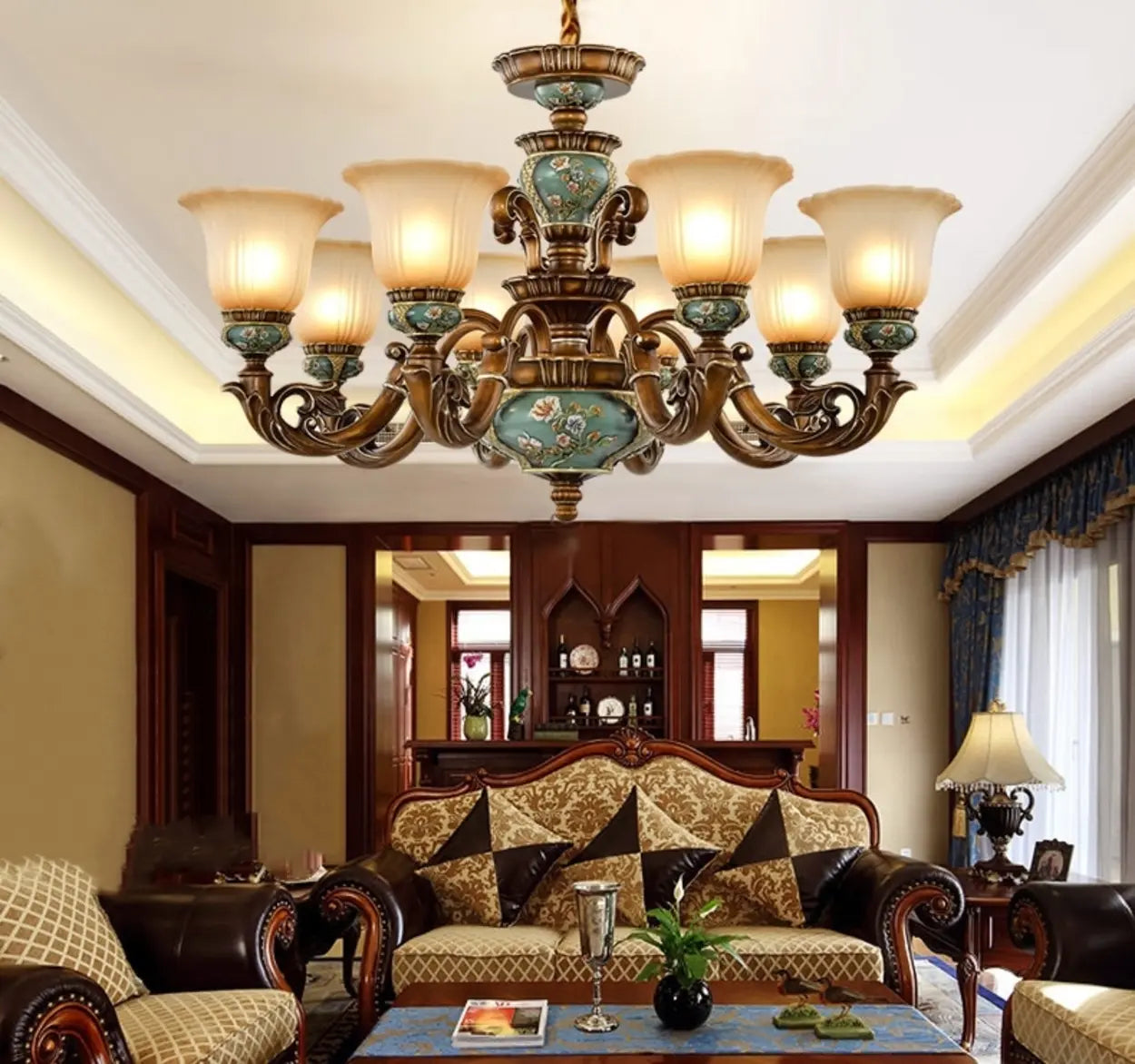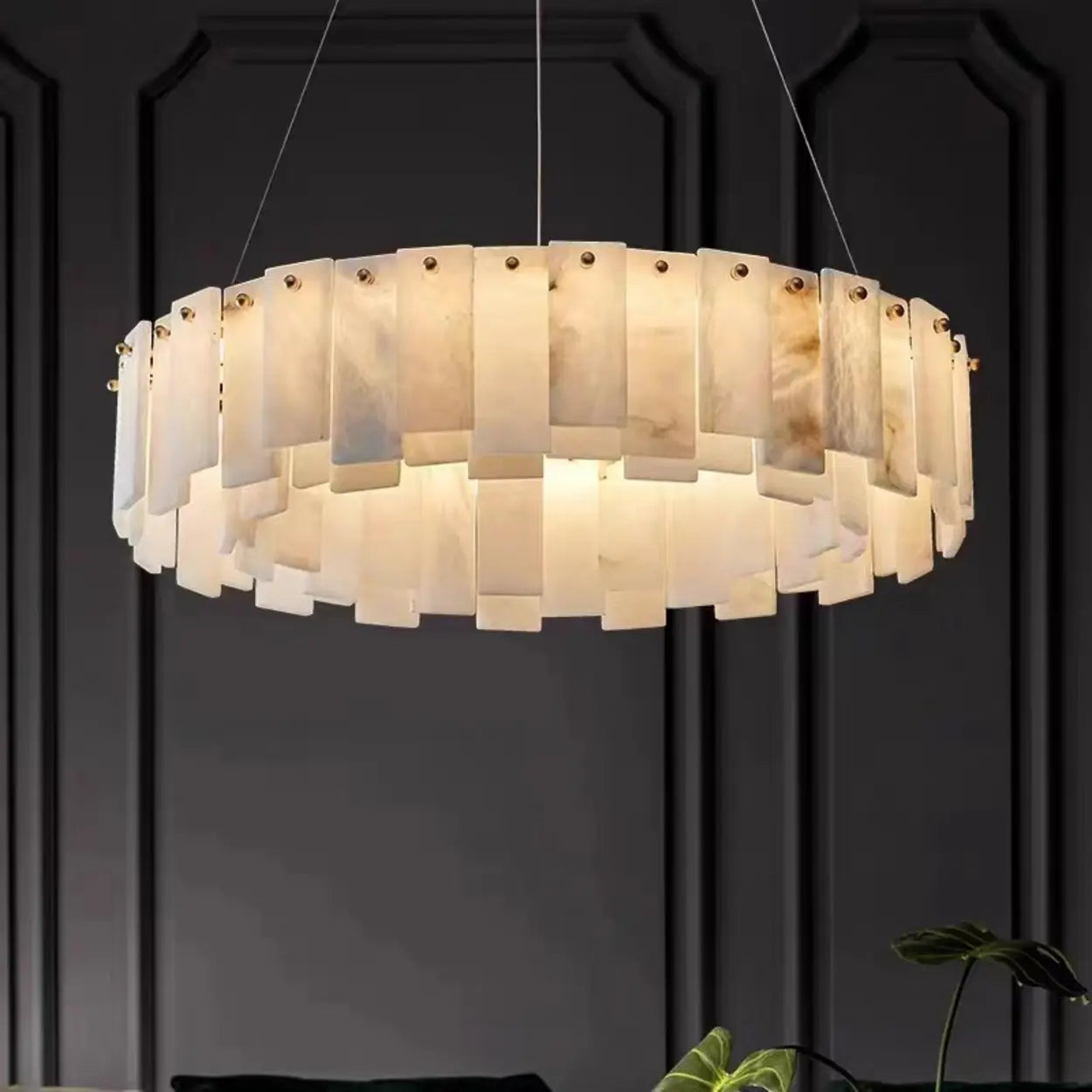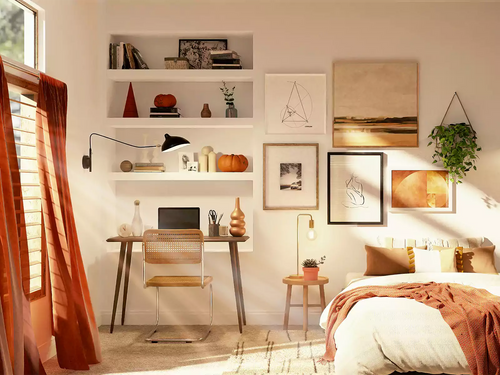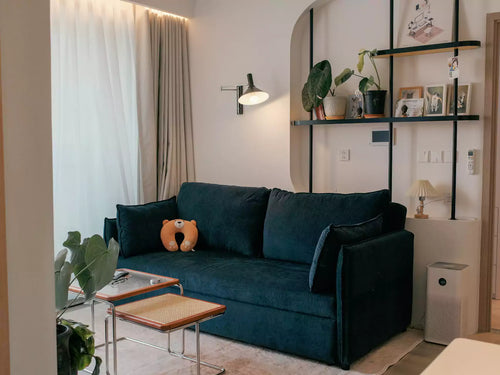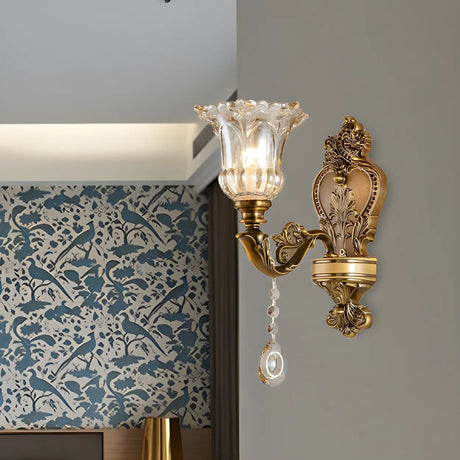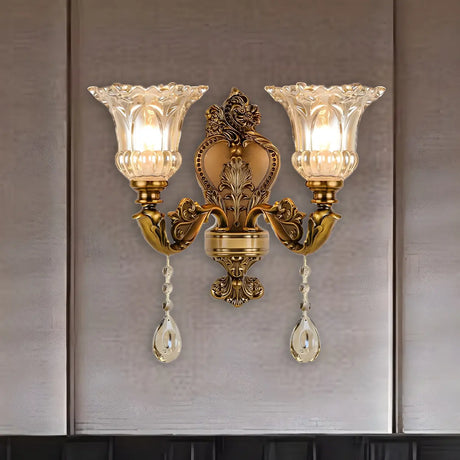Many homeowners face a common dilemma when planning their lighting design: wall lights vs downlights. Each lighting type serves different purposes and offers unique advantages in your home. This comprehensive guide will help you understand their key differences, benefits, and drawbacks. You will decide easily which lighting works best for your specific rooms and needs.
1. What is a Wall Light?

Wall lights are fixtures that attach directly to your wall surfaces. They shine light sideways rather than down from the ceiling. These versatile lighting solutions include wall sconces, picture lights, vanity lights, and accent fixtures. They can be hardwired or plugged into outlets. Wall lights create soft, ambient lighting that spreads gently across surfaces. So they are popular choices for hallways, bedrooms, living rooms, and bathrooms where mood lighting is desired.
Pros
- Aesthetic enhancement: Serves as both lighting and decorative wall art
- Space-saving design: Keeps floors and tables clear for other uses
- Creates ambient lighting: Produces soft, comfortable illumination perfect for relaxation
- Easy maintenance: Simple to clean and change bulbs without special tools
- Budget-friendly installation: Generally costs less than recessed alternatives
- Flexible positioning: Can be mounted at various heights for different lighting effects
Cons
- Limited coverage: Doesn't illuminate entire rooms evenly
- Electrical work required: Most installations need professional wiring
- Shadow creation: May produce uneven lighting patterns in certain areas
- Design constraints: Must complement existing room décor and style
- Reduced wall space: Takes up areas that could display artwork or storage
- Lower brightness levels: Usually produces less intense light than ceiling fixtures
2. What is a Downlight?

Downlights are lights installed on the ceiling that shine straight down. They can be recessed into the ceiling, mounted on the surface, or used as track lights. Many modern designs use LED bulbs and allow dimming. Downlights give off even, bright light and keep the ceiling looking clean and simple, which makes them popular in modern homes.
Pros
- Clean appearance: Creates smooth, minimalist ceiling lines without visual clutter
- Uniform light distribution: Delivers consistent brightness throughout the space
- Superior brightness: Provides powerful, focused illumination for various tasks
- Energy efficient: Modern LED versions offer excellent power savings
- Multi-purpose functionality: Works for ambient, task, and accent lighting needs
- Space enhancement: Makes rooms appear larger and more open
Cons
- Complex installation: Requires cutting ceiling holes and specialized electrical work
- Higher initial cost: More expensive equipment and professional labor upfront
- Maintenance difficulties: Hard to reach for cleaning and bulb replacement
- Heat production: Can generate unwanted warmth in enclosed ceiling spaces
- Fixed positioning: Can't be moved easily once installed
- Potential glare: Direct overhead light may cause eye strain or harsh shadows
3. Wall Light vs Downlight: What Are the Differences?

You can make decisions easily after knowing the key differences between wall light and downlight.
Light distribution patterns
Wall lights produce indirect illumination. Light spreads softly across surfaces, creating gentle ambient lighting.
Downlights shine straight down, delivering concentrated light pools with defined boundaries.
Installation requirements
Wall lights require mounting brackets on wall surfaces with standard electrical connections.
Downlights need to cut ceiling holes, add housing units, and leave enough space above the ceiling.
Design impact
Wall lights function as visible decorative elements that contribute to room aesthetics.
Downlights remain virtually invisible once installed, maintaining clean ceiling surfaces.
Coverage area
Wall fixtures illuminate localized zones with light intensity decreasing as distance increases.
Downlights cover broader areas with adjustable beam angles for focused or widespread coverage.
Energy consumption
Wall light efficiency varies based on bulb type and fixture design.
Downlights typically use less energy due to LED integration and optimized light direction.
Cost considerations
Wall lights involve lower upfront expenses with simpler installation.
Downlights cost more initially but often provide great long-term value through energy savings.
4. Wall Light vs Downlight: Which One Should You Choose?
Making the right choice depends on your specific needs, room function, and design preferences.
Choose wall lights when:
Decorative lighting is priority: Perfect when you want fixtures that enhance visual appeal.
Creating ambient atmosphere: Ideal for bedrooms, living rooms, and dining areas. These spaces need soft, relaxing light.
Budget constraints exist: Lower installation costs fit smaller spending plans better.
Rental property considerations: Easier installation without major structural modifications.
Accent lighting purposes: Excellent for highlighting artwork, architectural features, or reading areas.
Traditional interior styles: Classic and vintage rooms complement decorative wall fixtures naturally.
Choose downlights when:
Task lighting is essential: Bright, focused illumination is needed for detailed activities.
Modern design preferences: Clean, minimalist aesthetics require unobtrusive lighting solutions.
Even room illumination: Large spaces need consistent brightness throughout without dark corners.
Long-term investment thinking: Higher upfront costs become worthwhile through energy savings and durability.
Low maintenance preference: Busy lifestyles benefit from fixtures requiring minimal upkeep.
New construction timing: Building projects provide ideal opportunities for recessed installation.
Wall light vs downlight: room-by-room recommendations
Living rooms: Use wall lights for cozy ambiance and downlights for reading areas.
Kitchens: Downlights work best for cooking and food preparation tasks.
Bedrooms: Wall lights provide gentle bedside lighting while downlights brighten closet spaces.
Bathrooms: Combine both types. Wall lights near mirrors for grooming and downlights for general illumination.
Hallways: Wall lights offer guidance lighting while adding visual interest to corridor spaces.
Conclusion
The wall light vs downlight decision depends on your specific needs. Wall lights excel at creating an ambient atmosphere and serving decorative purposes. Downlights provide superior task illumination and maintain clean aesthetic lines. You can also combine both types to create versatile and functional lighting schemes for your spaces.
FAQs
What are the disadvantages of downlights?
What are the disadvantages of downlights?
They are costly to install, harder to maintain, can cause heat buildup, have fixed positions, and may produce glare.
What are the disadvantages of wall lights?
What are the disadvantages of wall lights?
They cover less area, provide uneven light, take up wall space, need to match the room’s style, and are usually dimmer.
Are wall lights better than ceiling lights?
Are wall lights better than ceiling lights?
It depends on your needs. Wall lights are great for ambient and accent lighting but aren’t ideal for general illumination. They work best when paired with ceiling lights.
Which is better, uplighting or downlighting?
Which is better, uplighting or downlighting?
Downlighting is better for task-focused activities like reading. Uplighting creates a softer ambiance and makes rooms feel larger. Most spaces benefit from combining both.
Are wall lights on trend?
Are wall lights on trend?
Yes, wall lights remain popular in interior design. Industrial sconces, minimalist designs, and smart fixtures are especially trendy.
Are downlights still fashionable?
Are downlights still fashionable?
Yes, downlights are timeless and still fashionable. With LED and smart technology, they remain a top choice for modern homes.



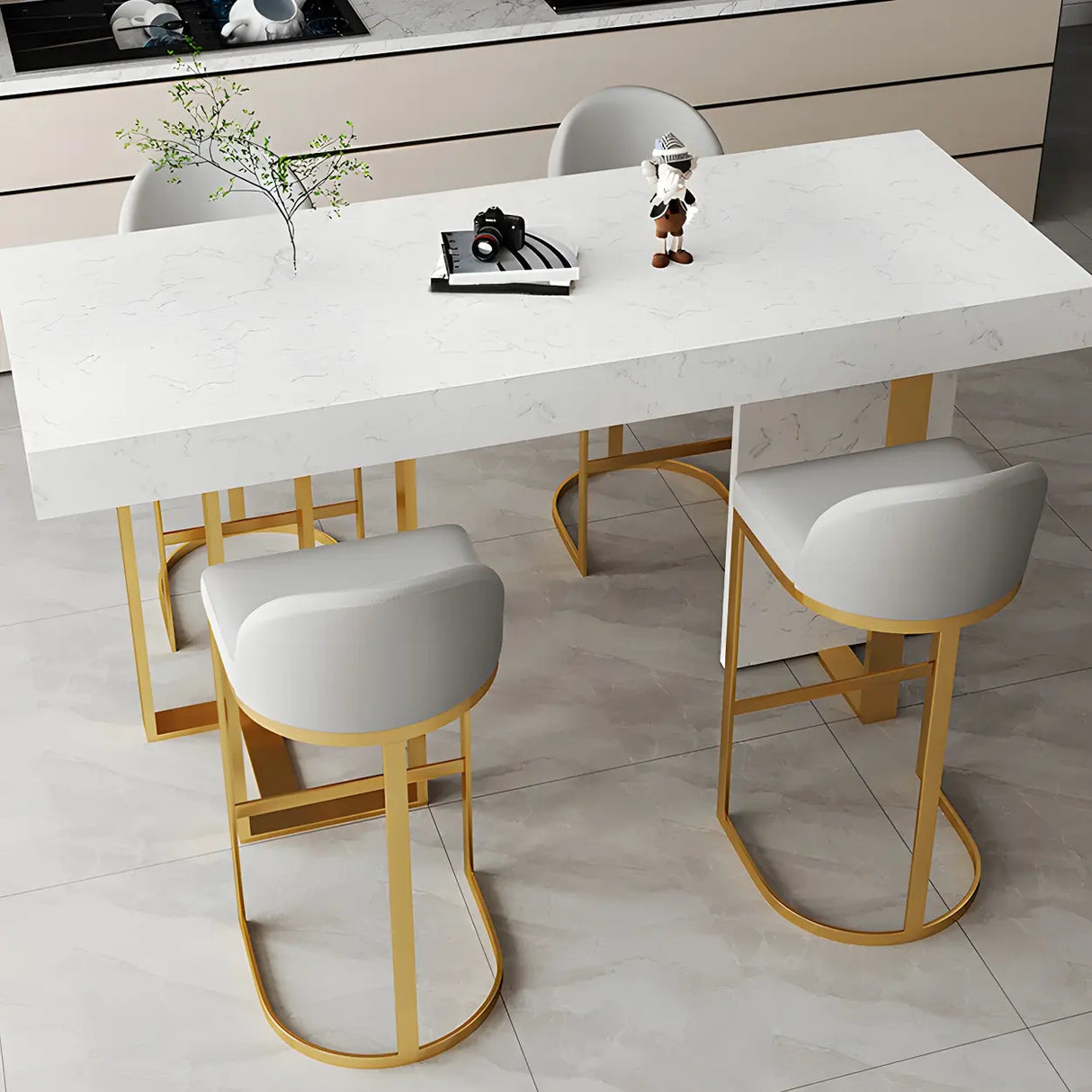
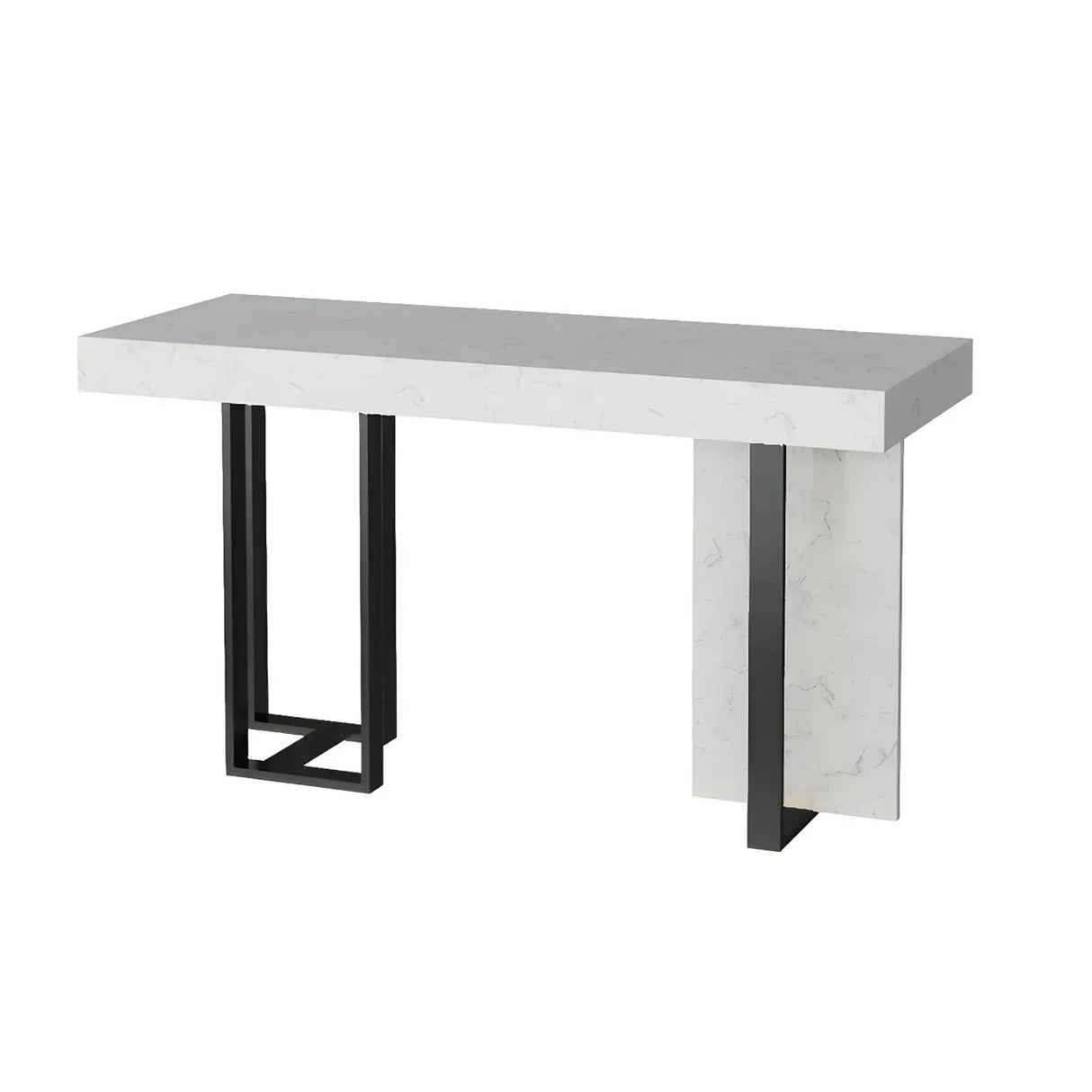

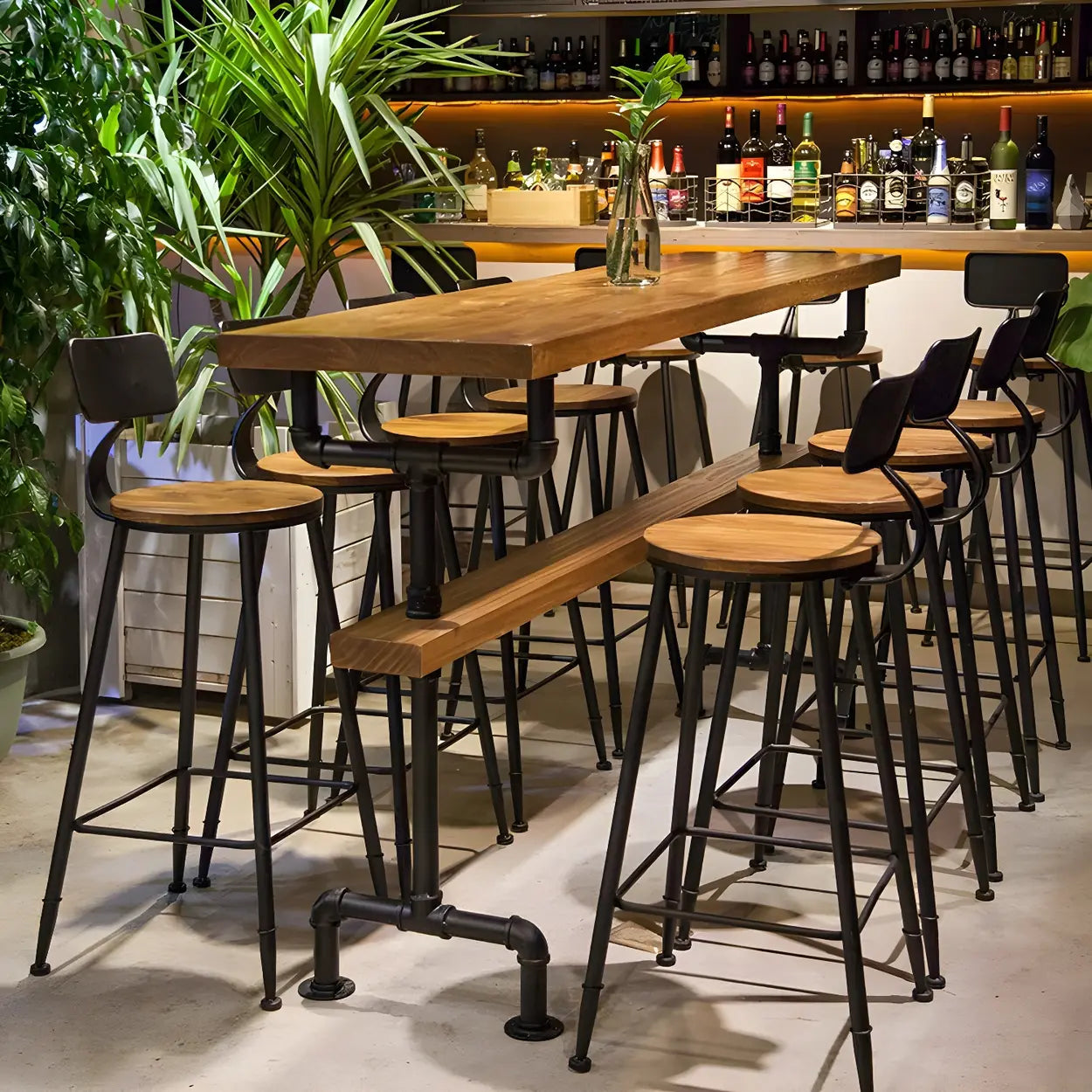

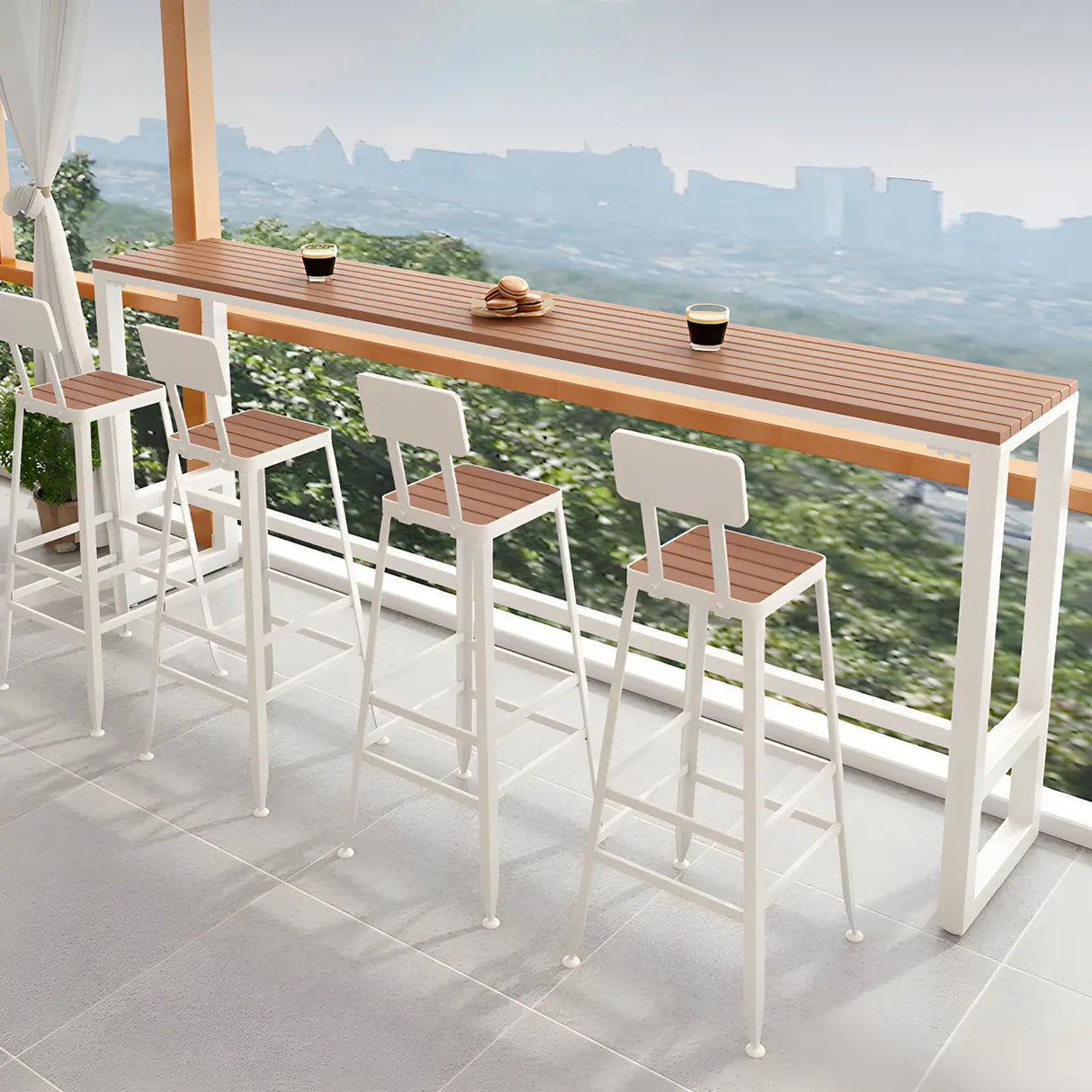

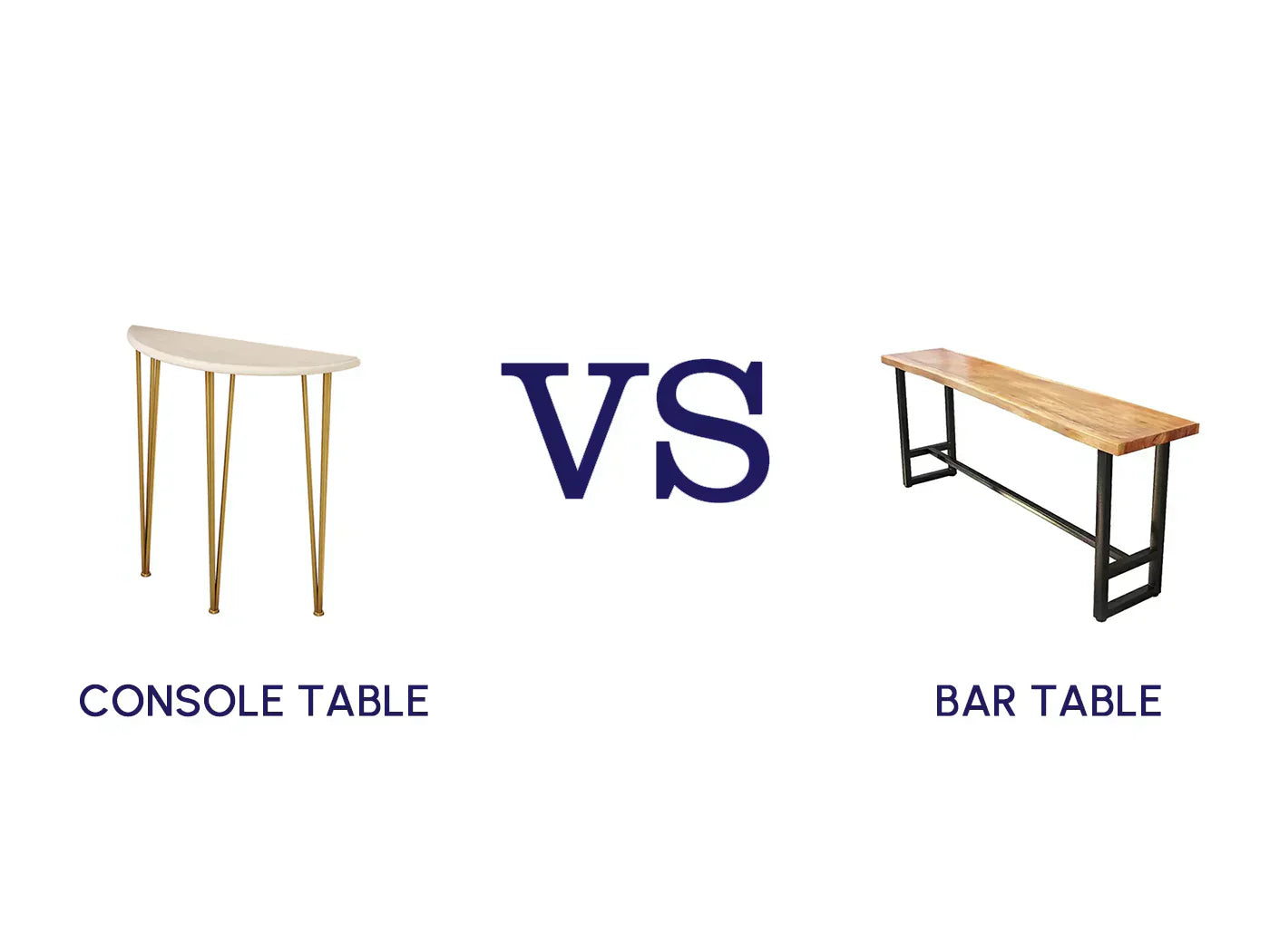

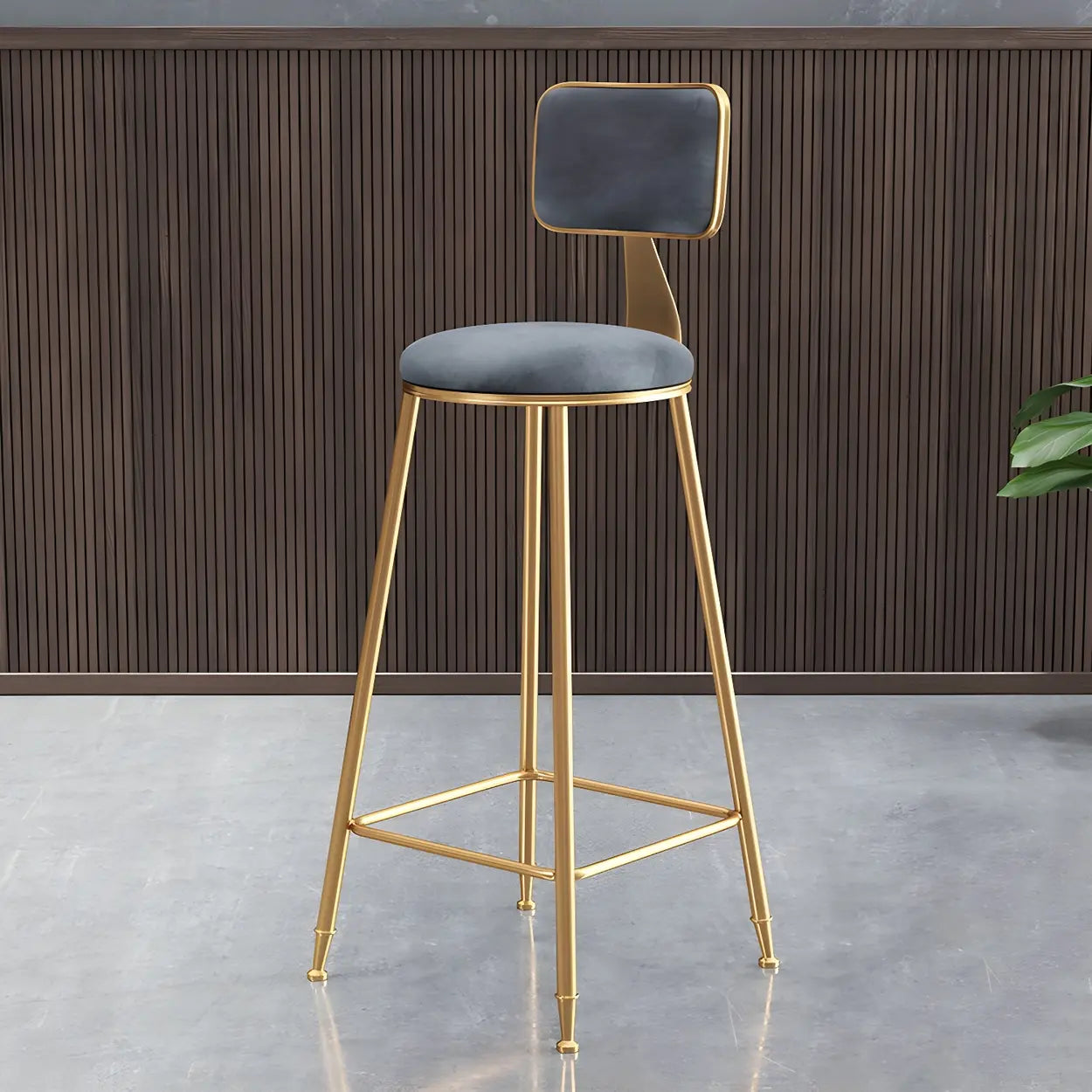
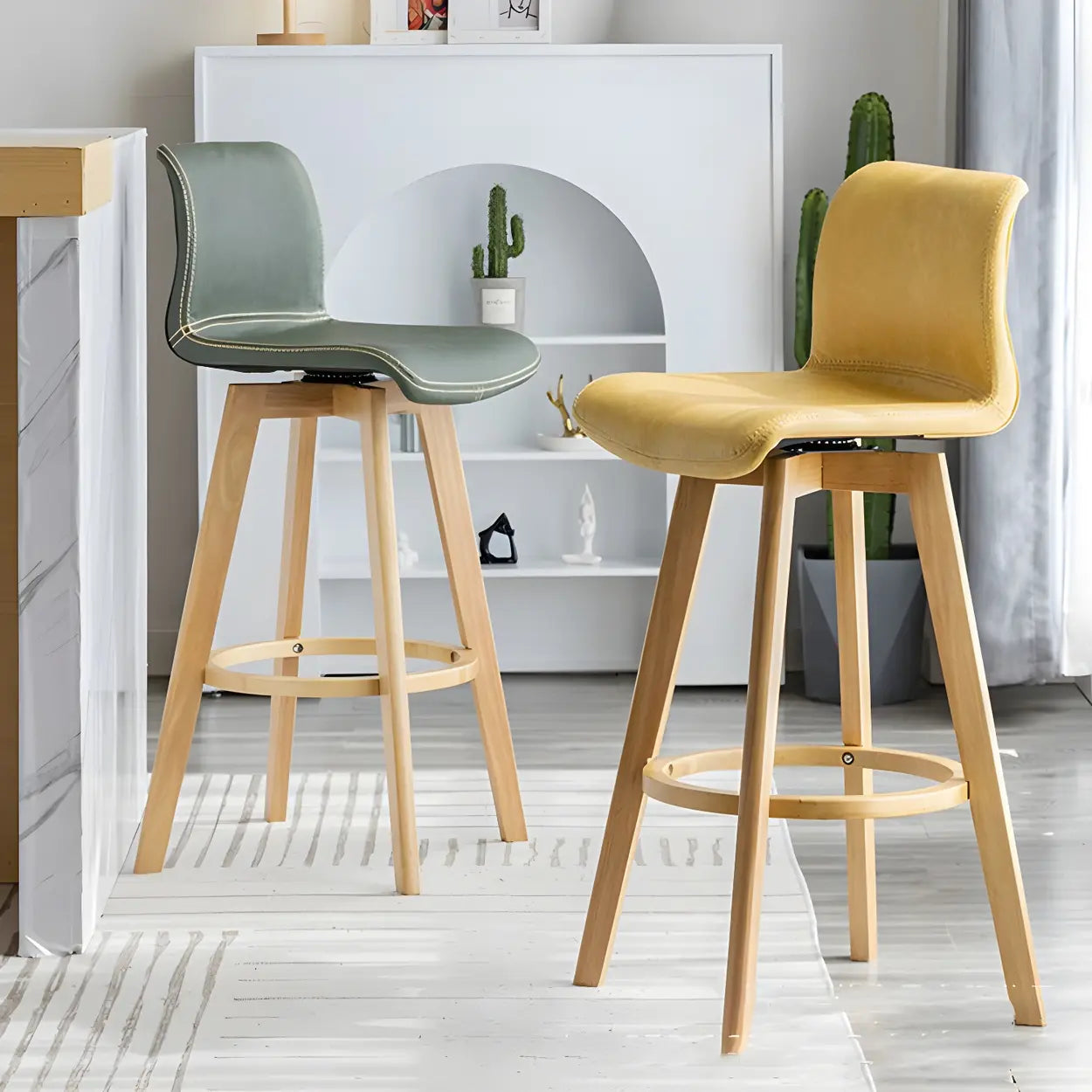
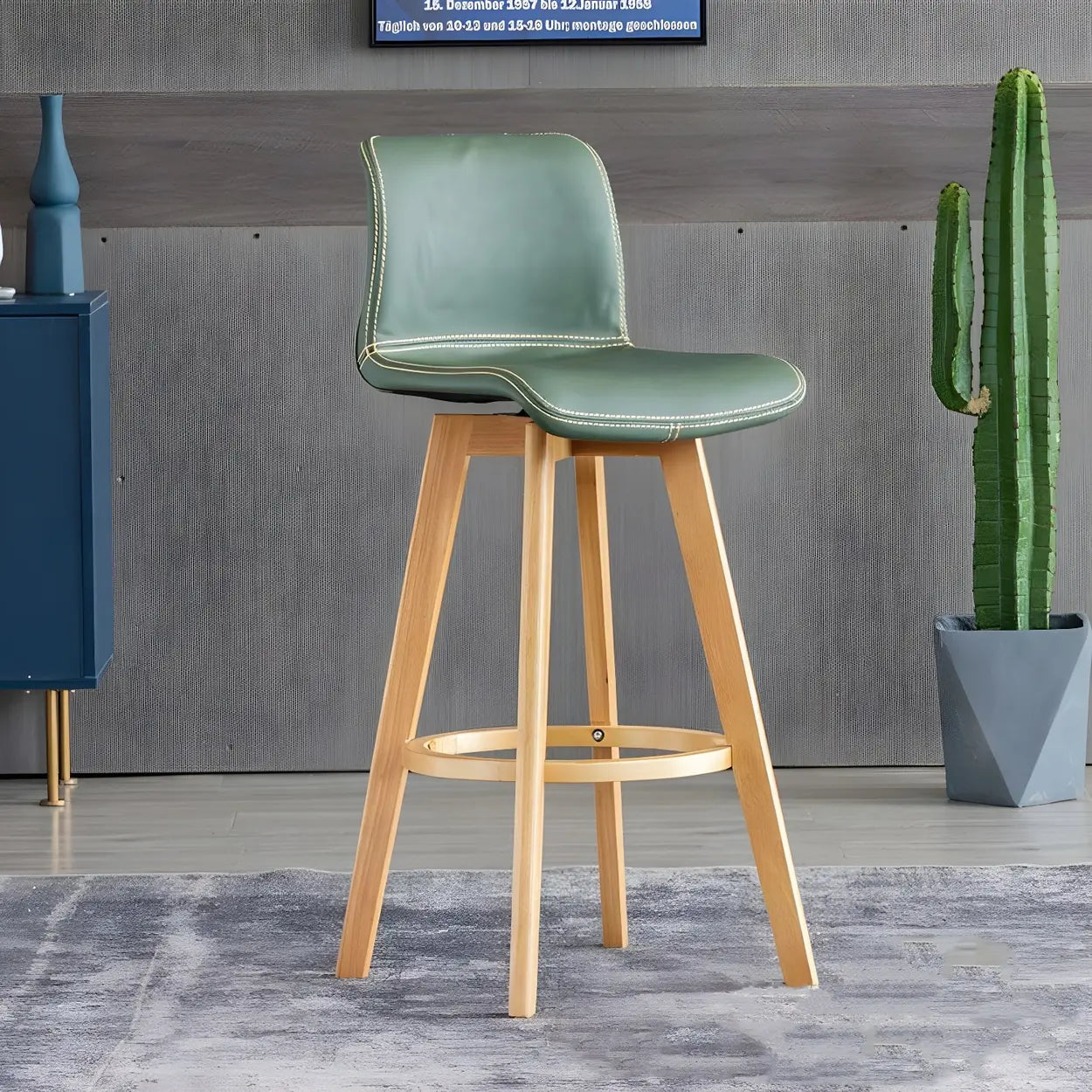
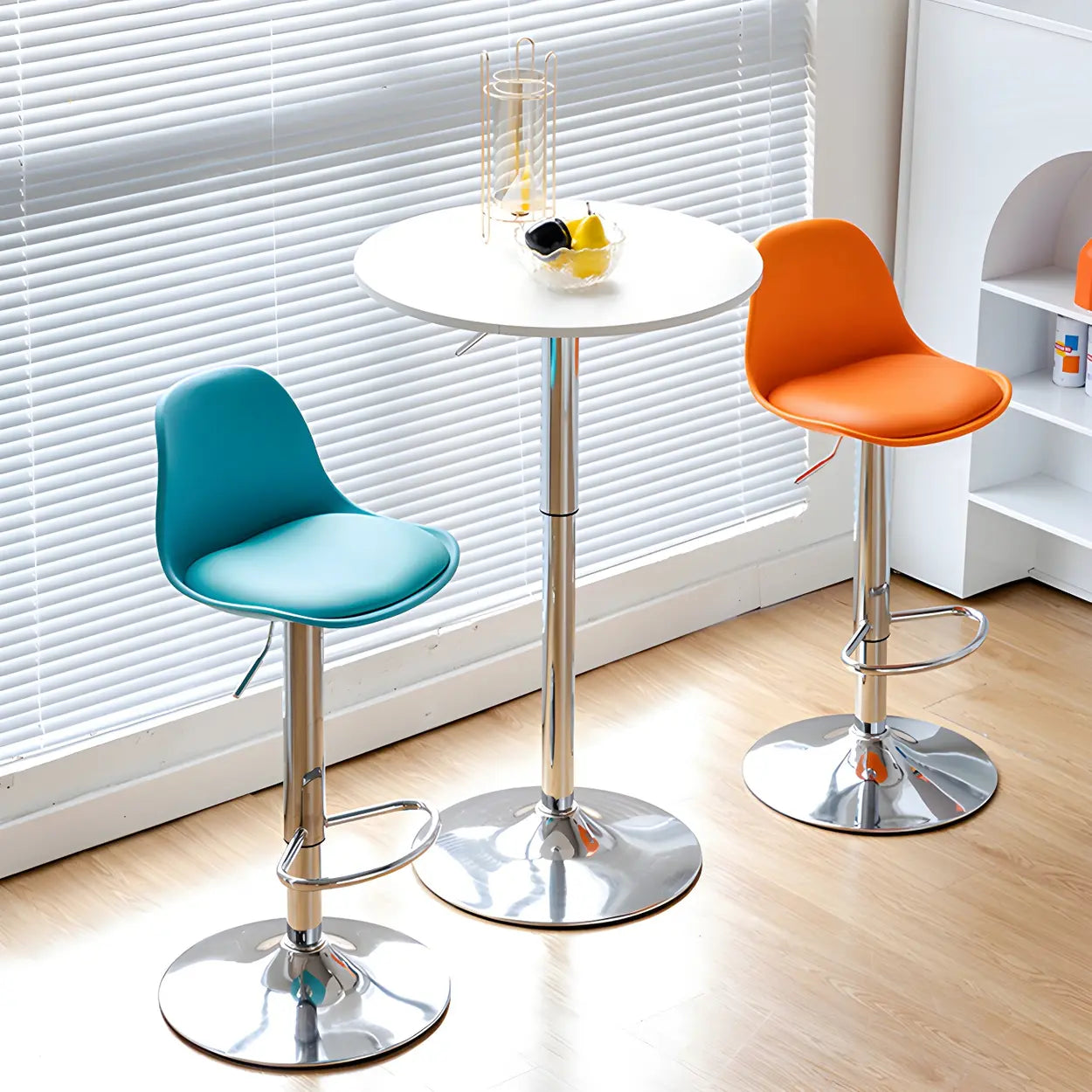
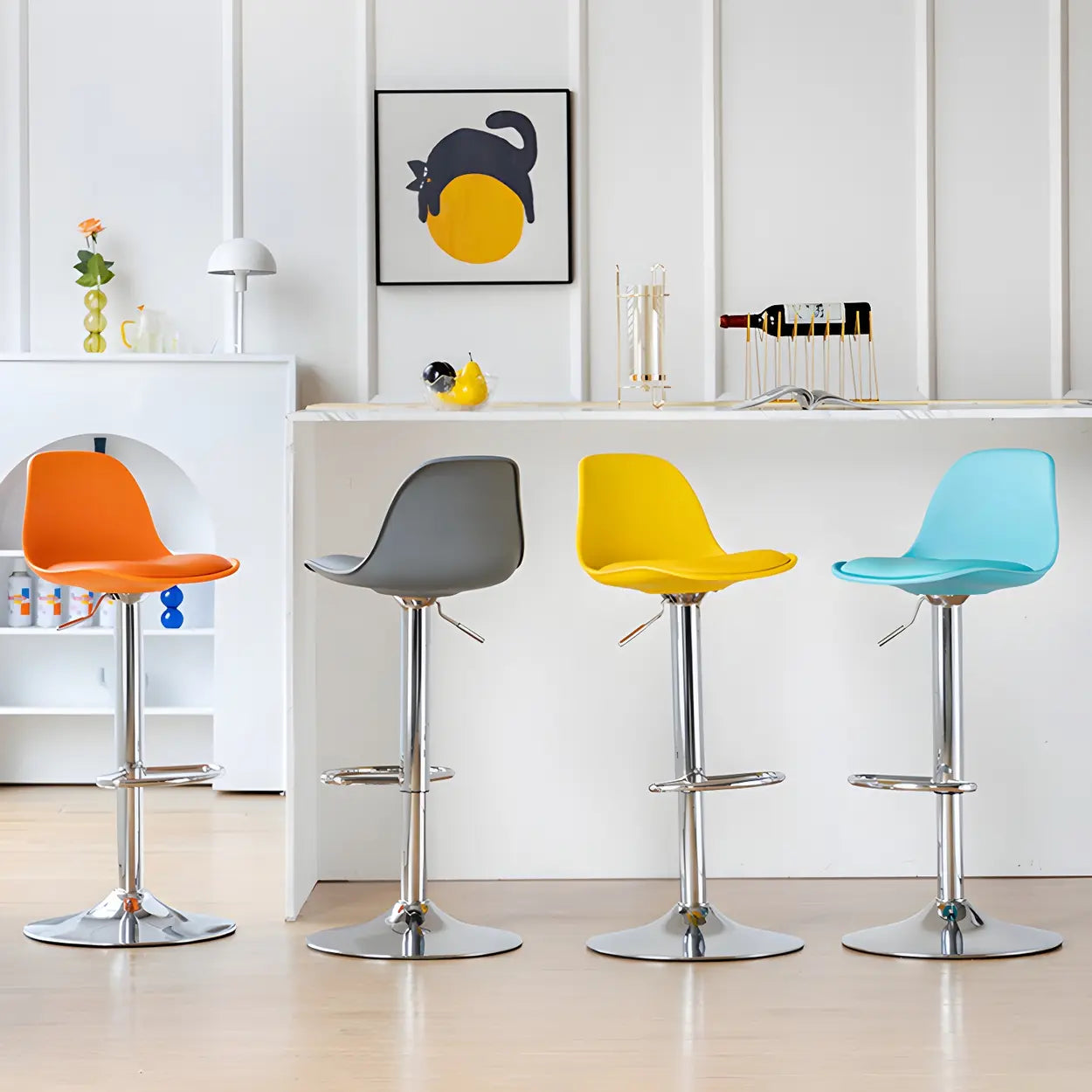

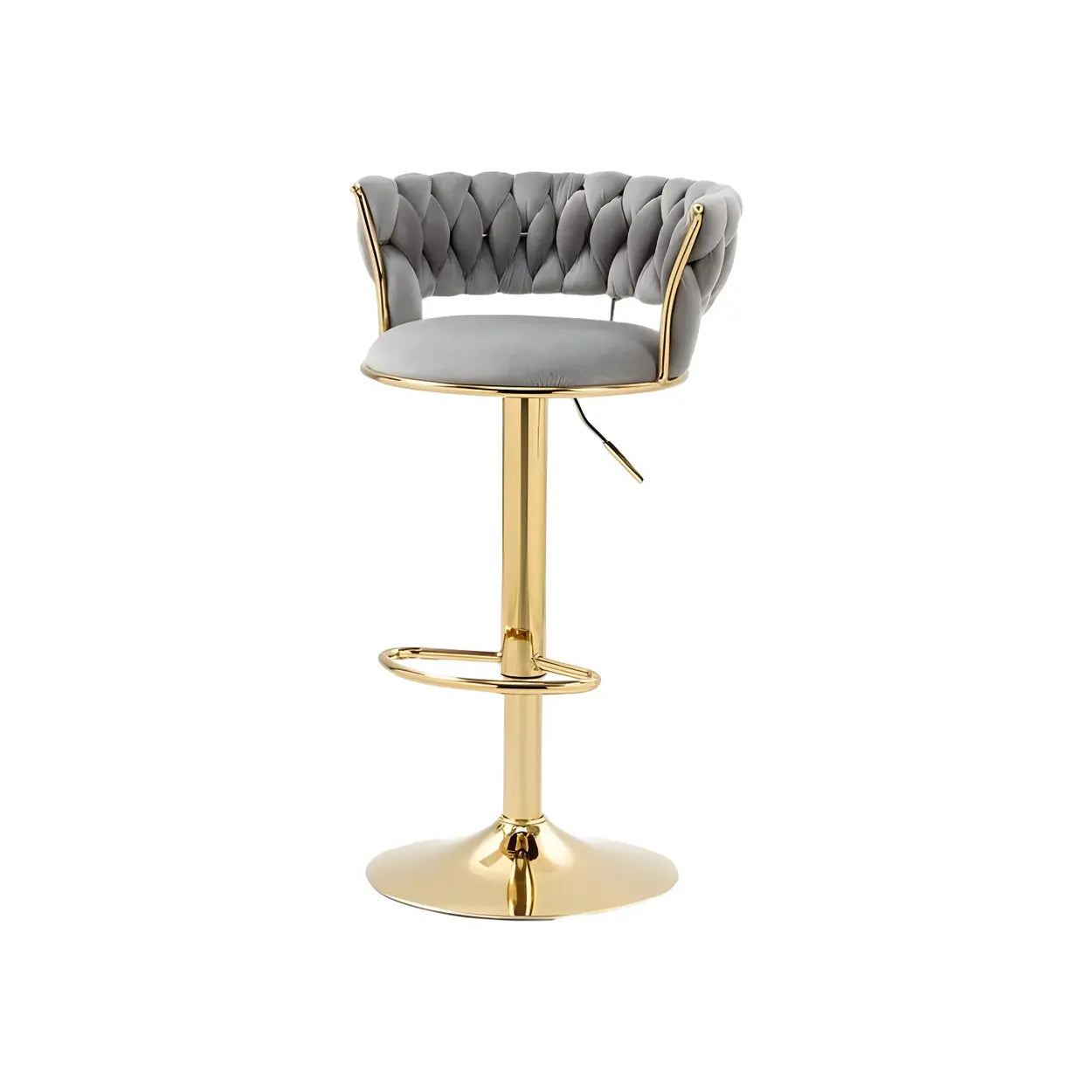
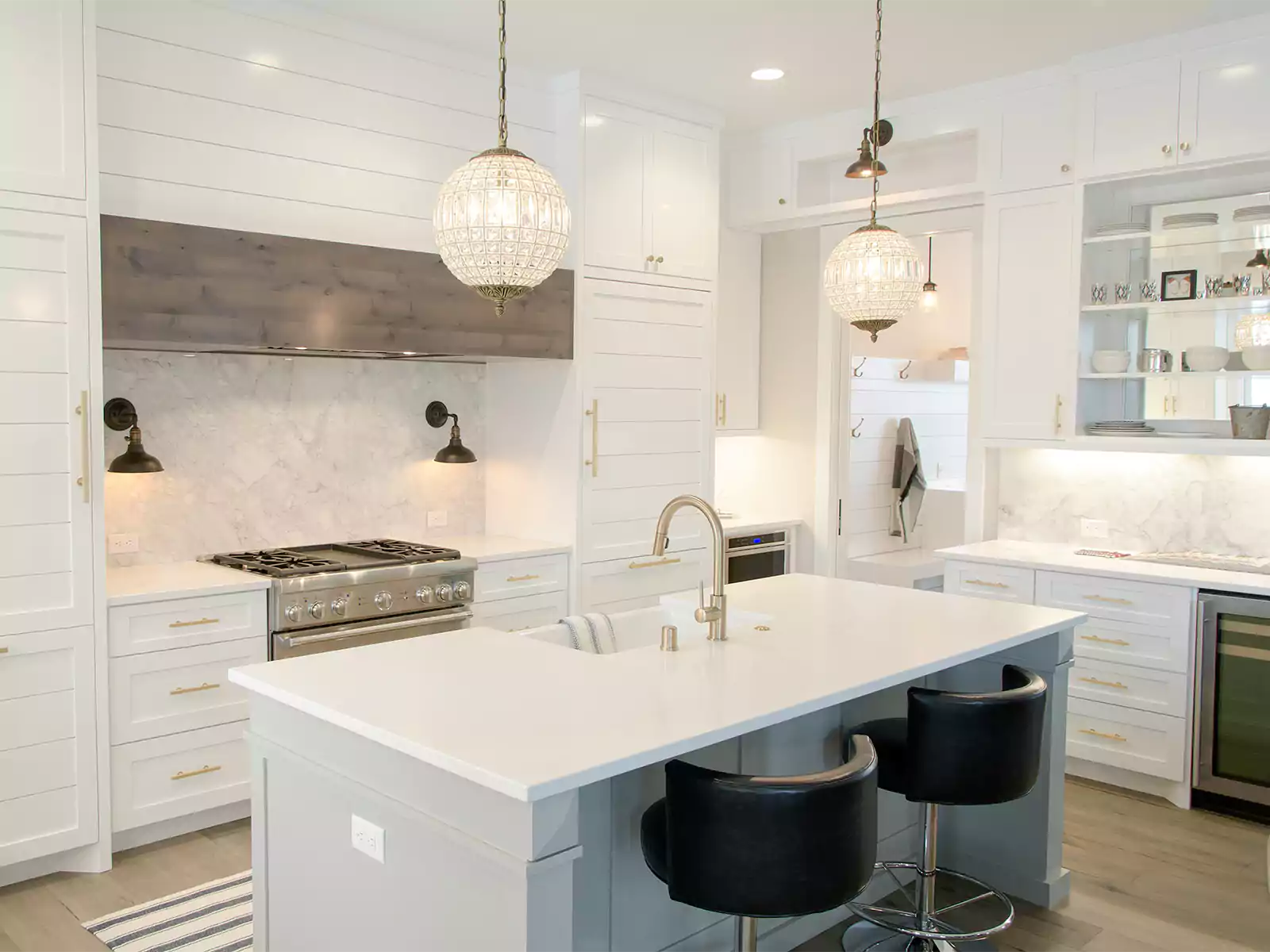


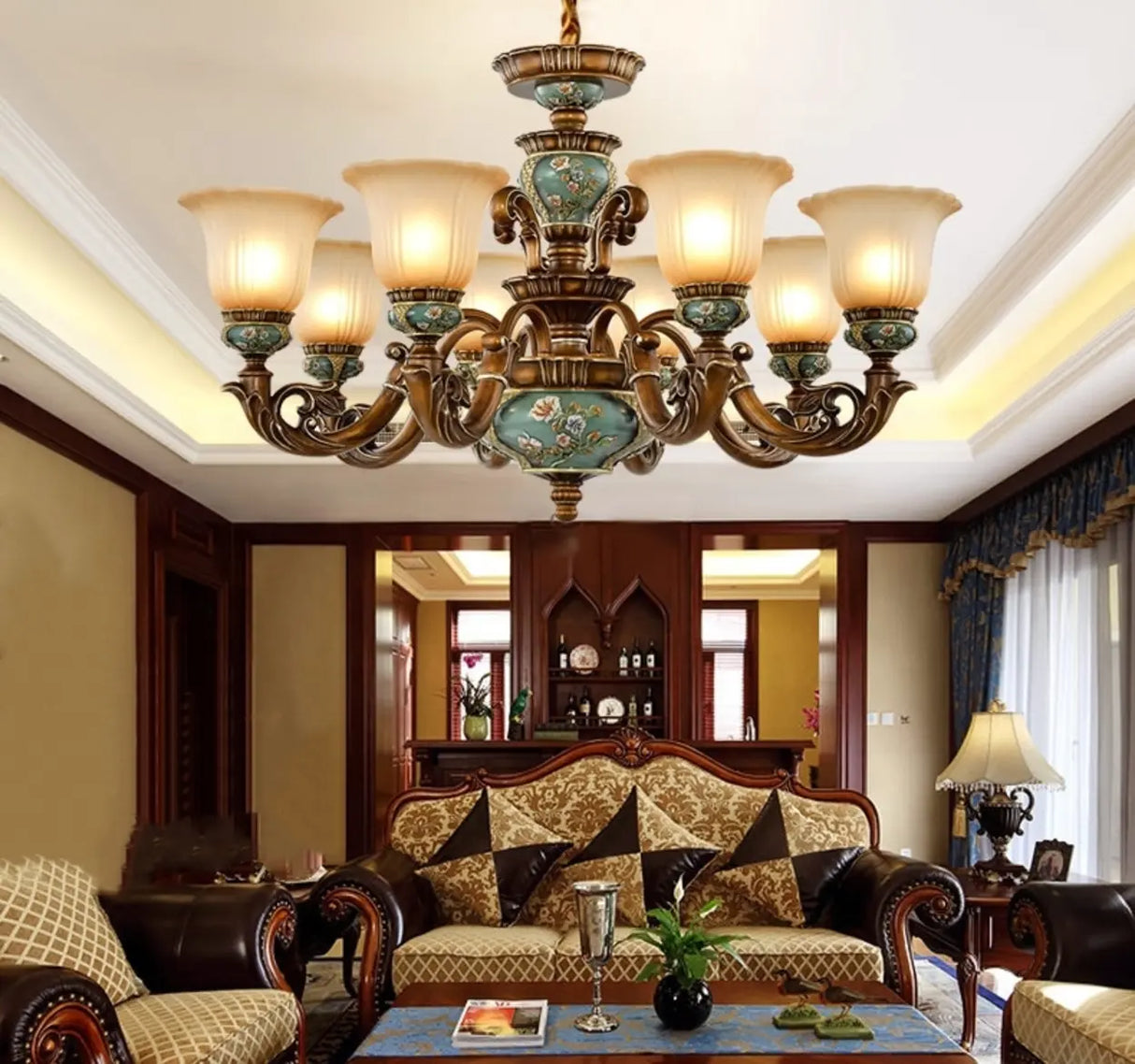
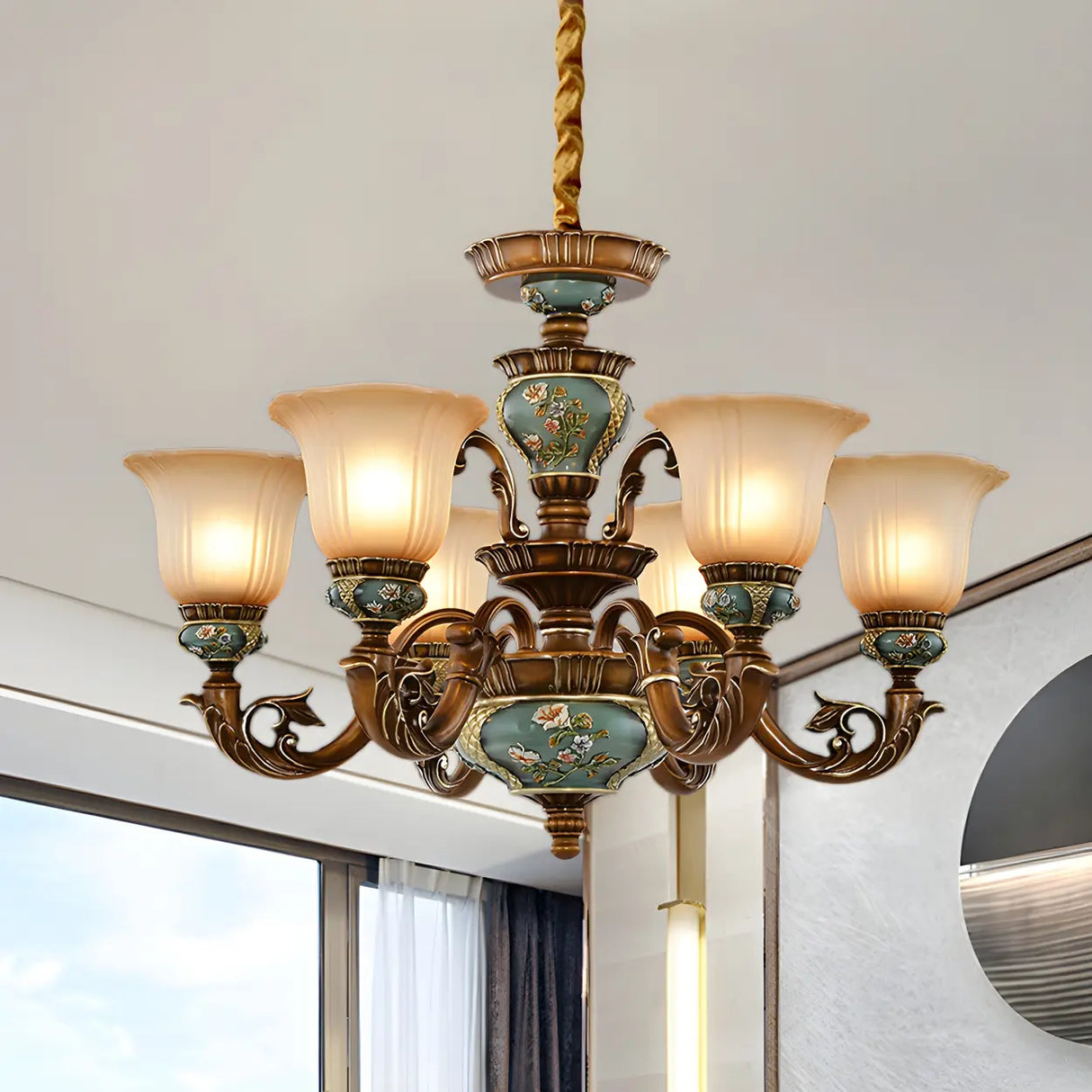
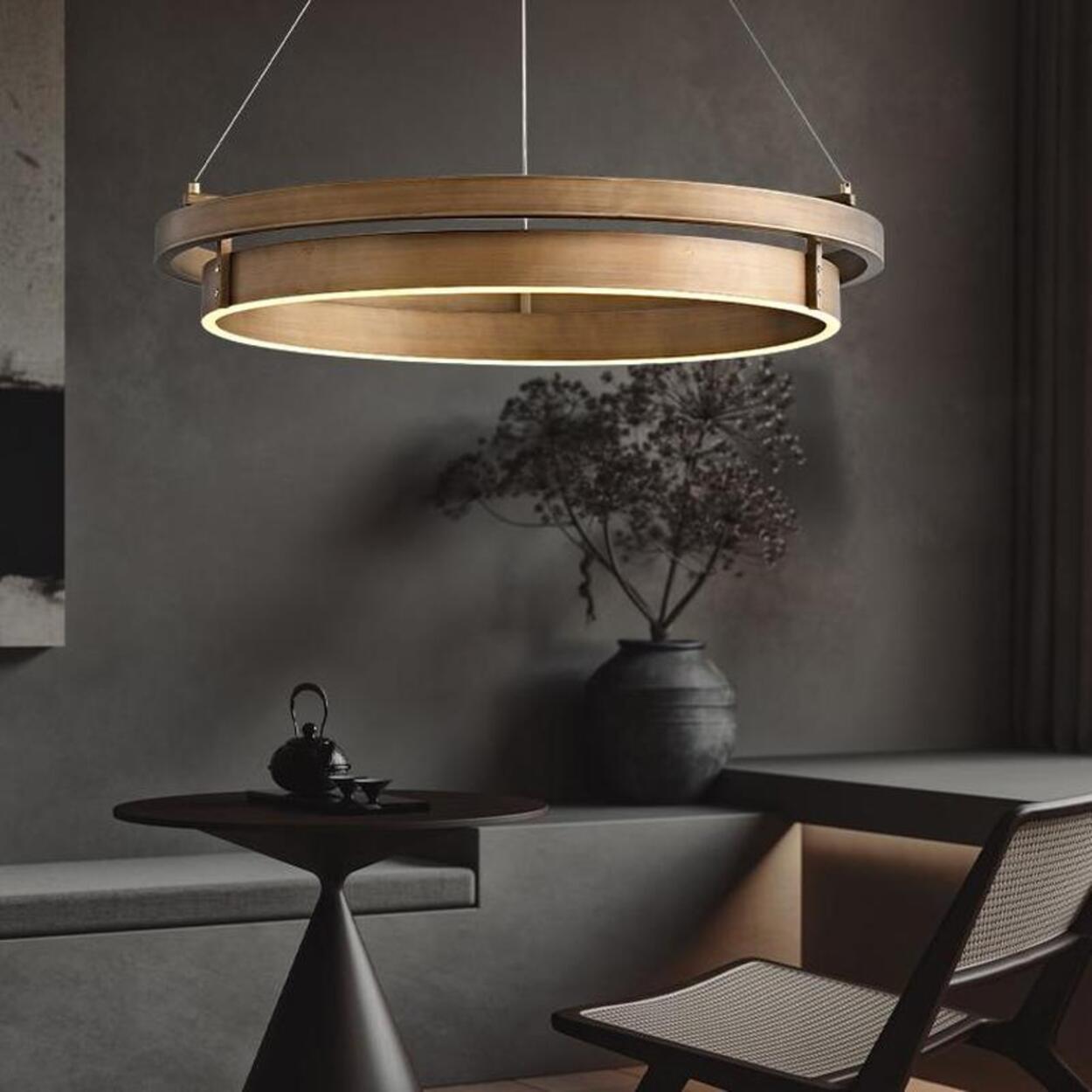
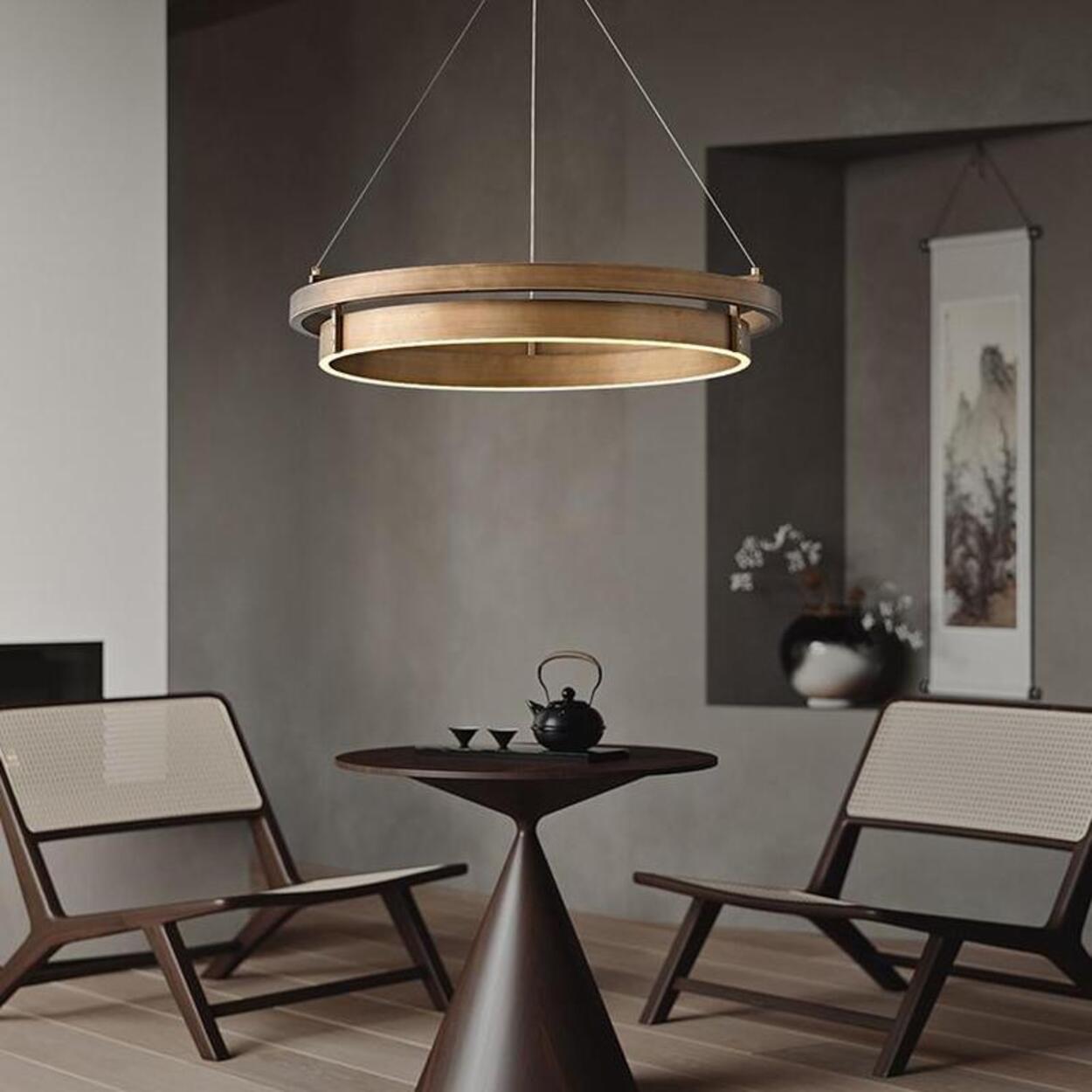
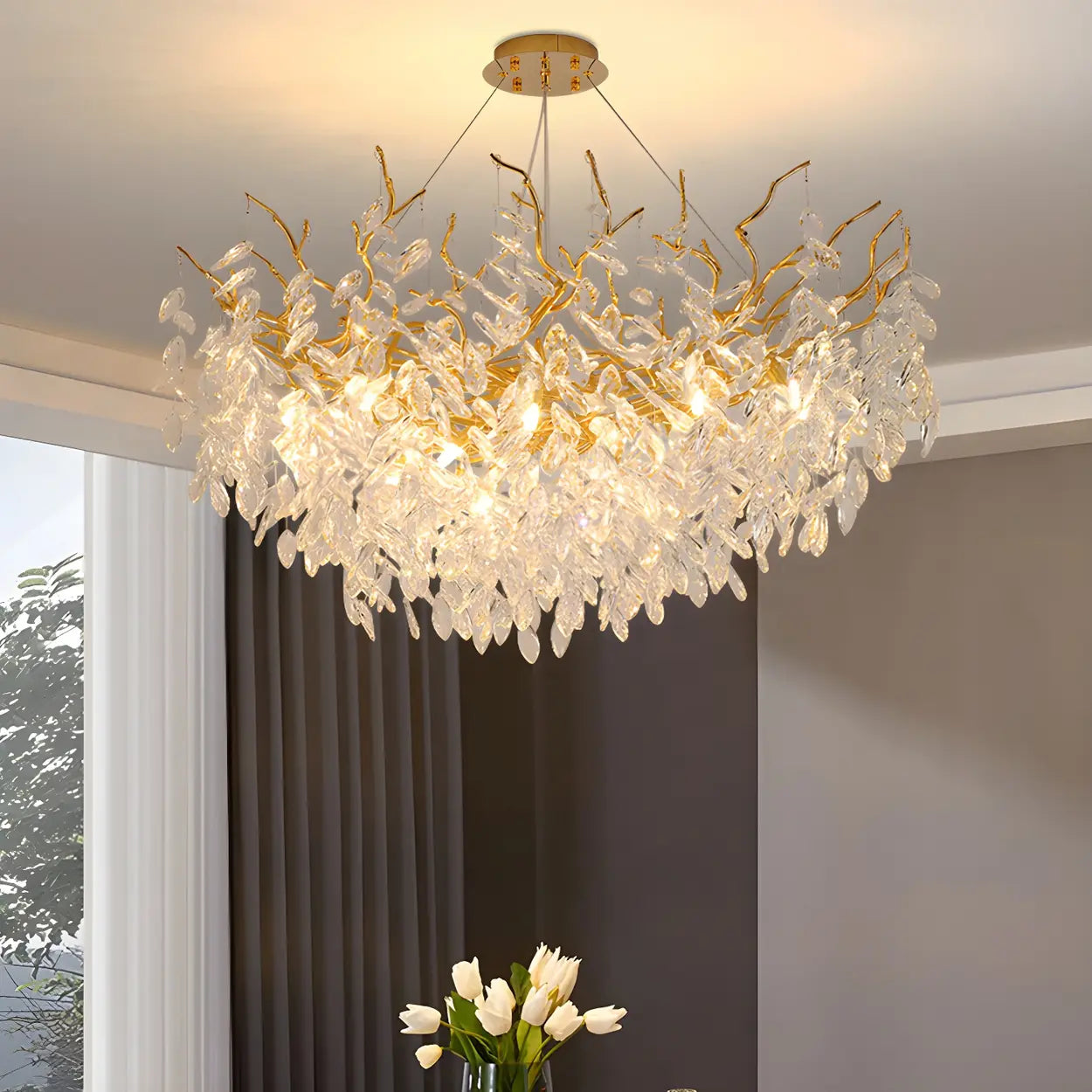
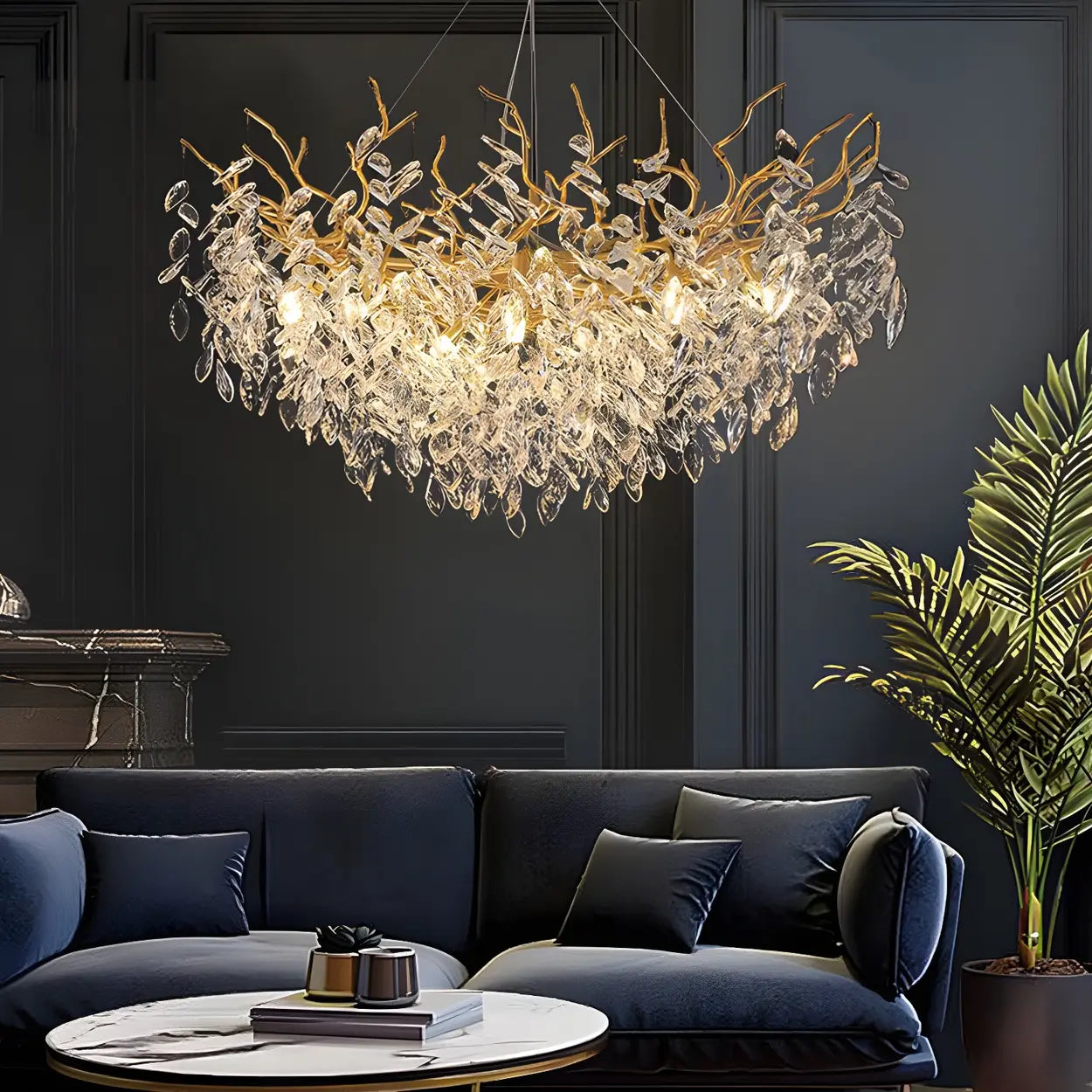
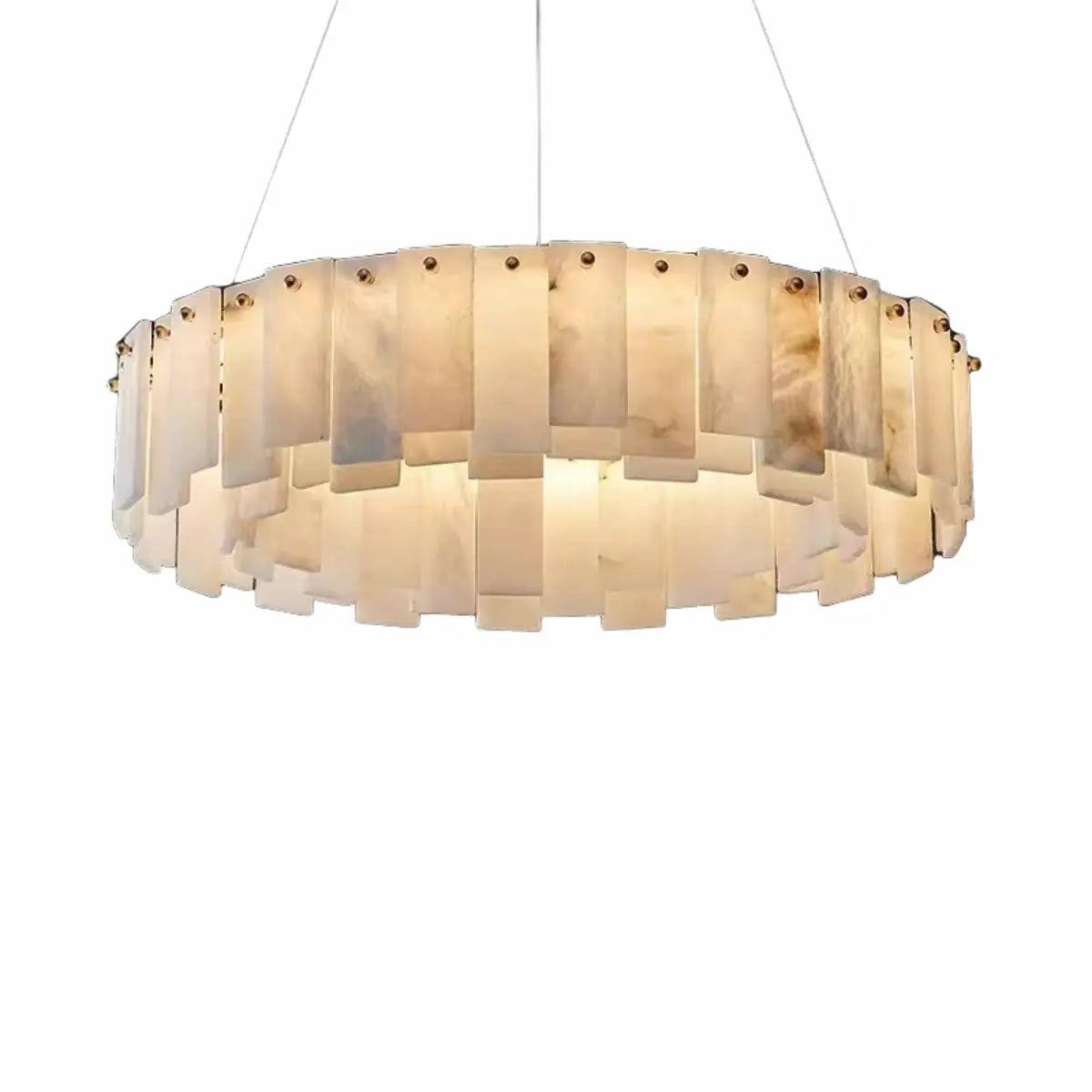
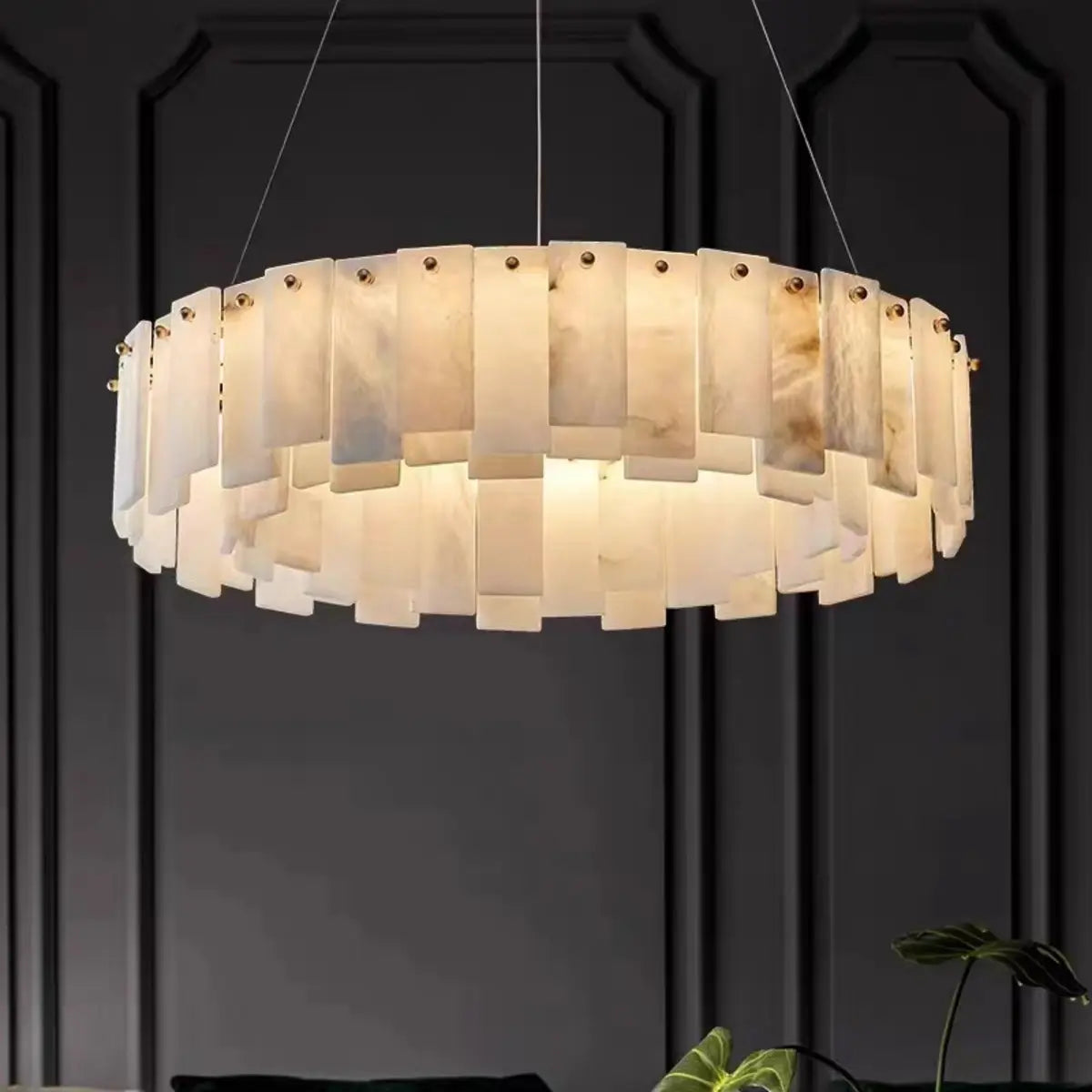
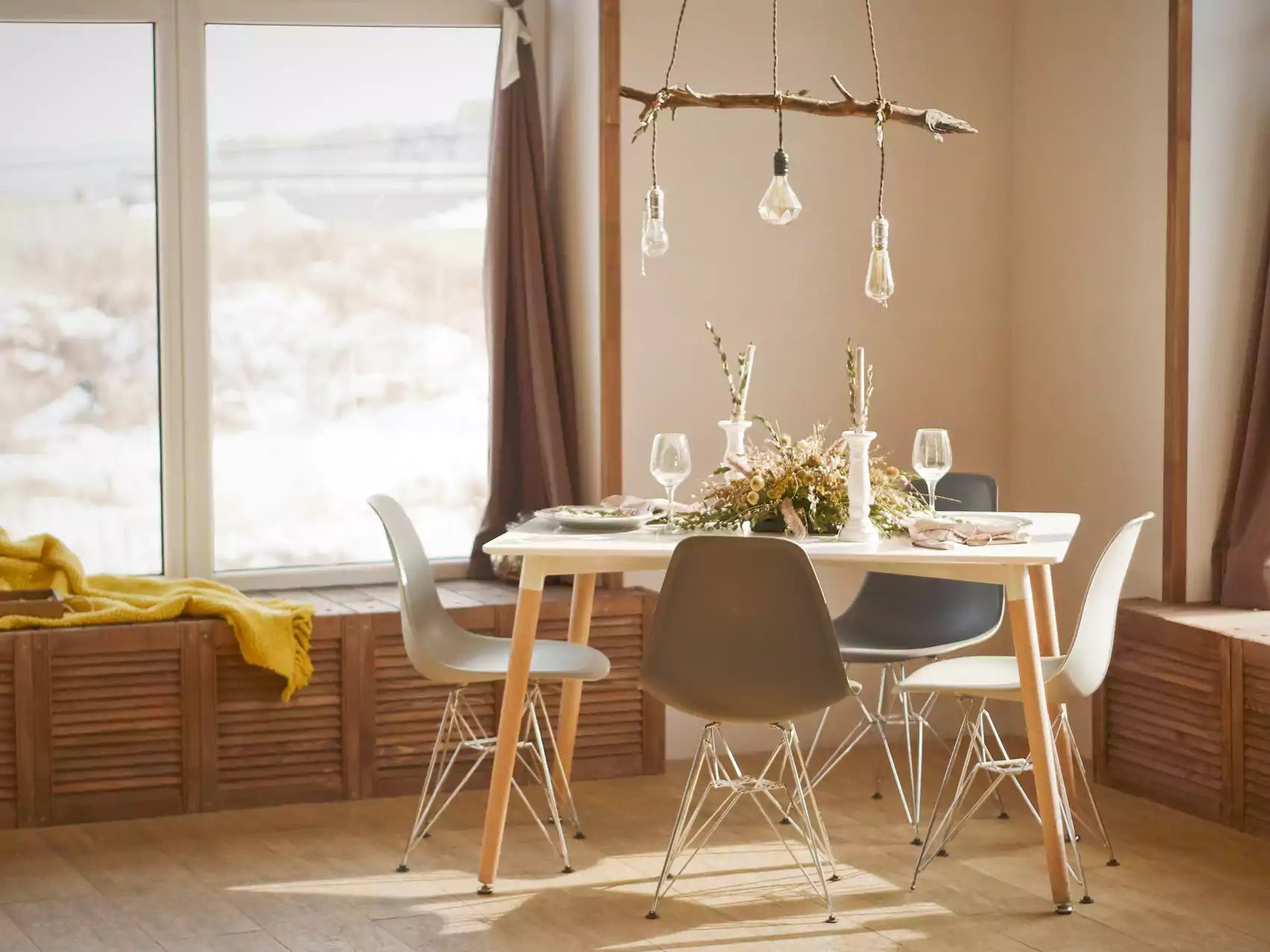
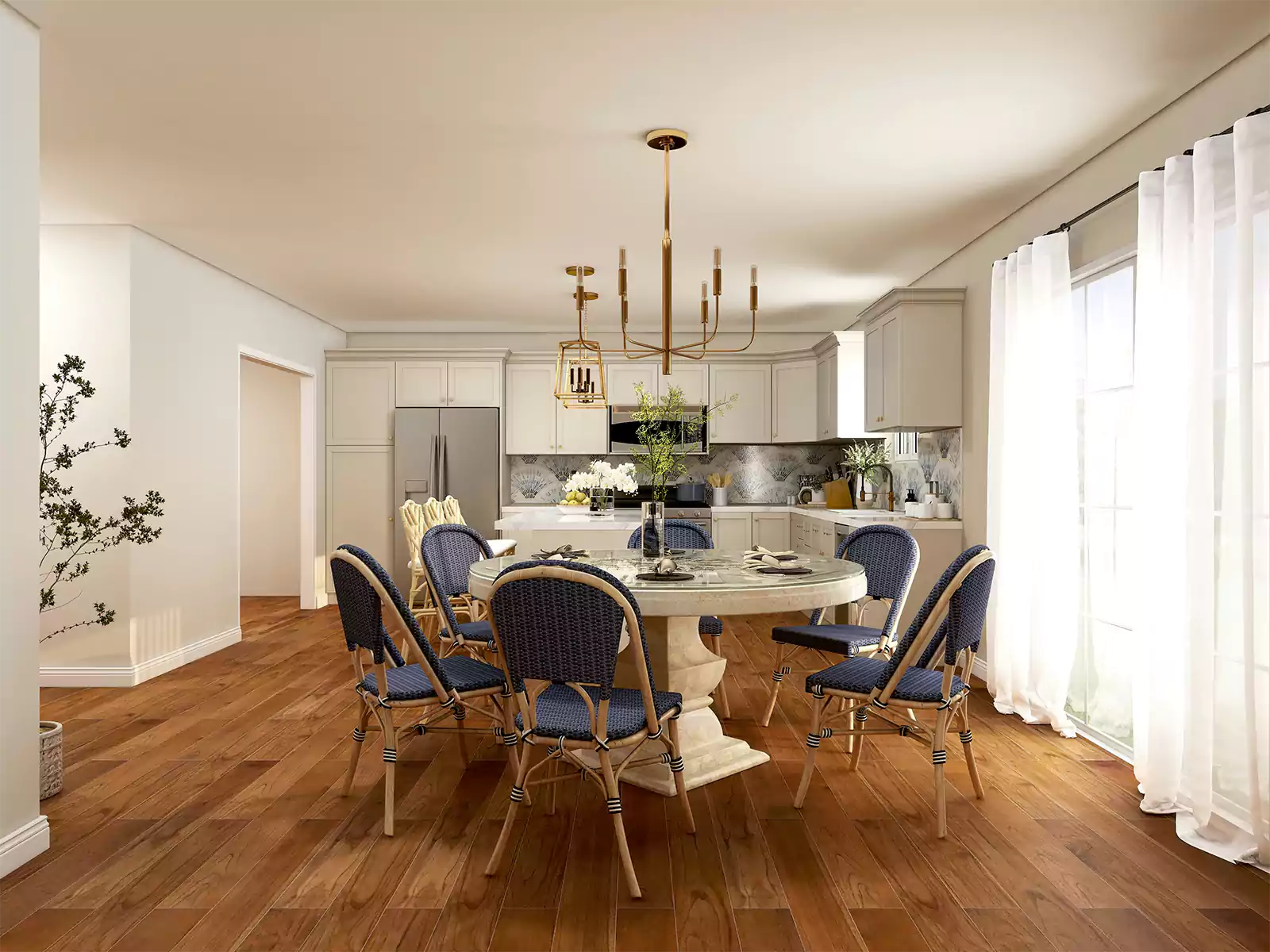
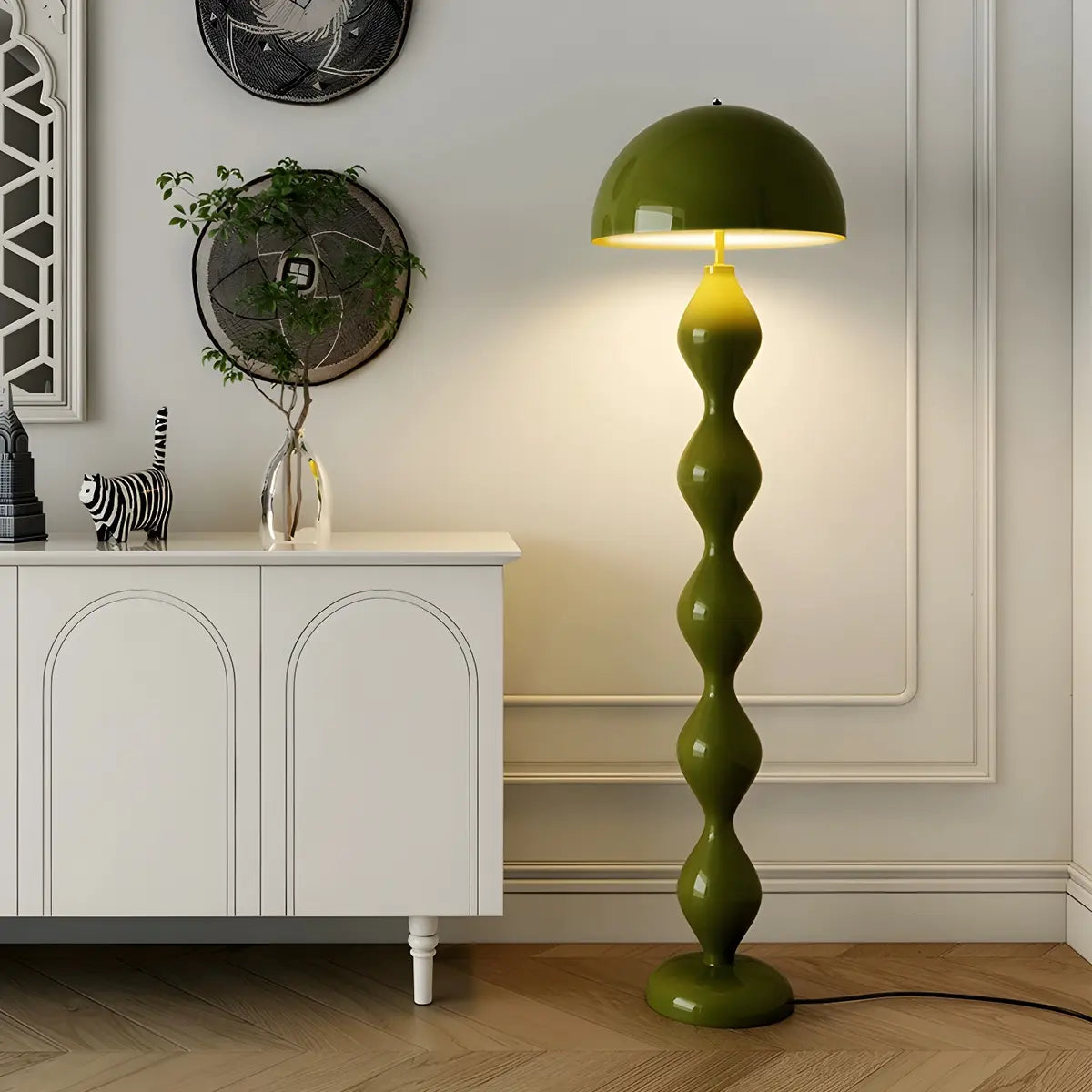
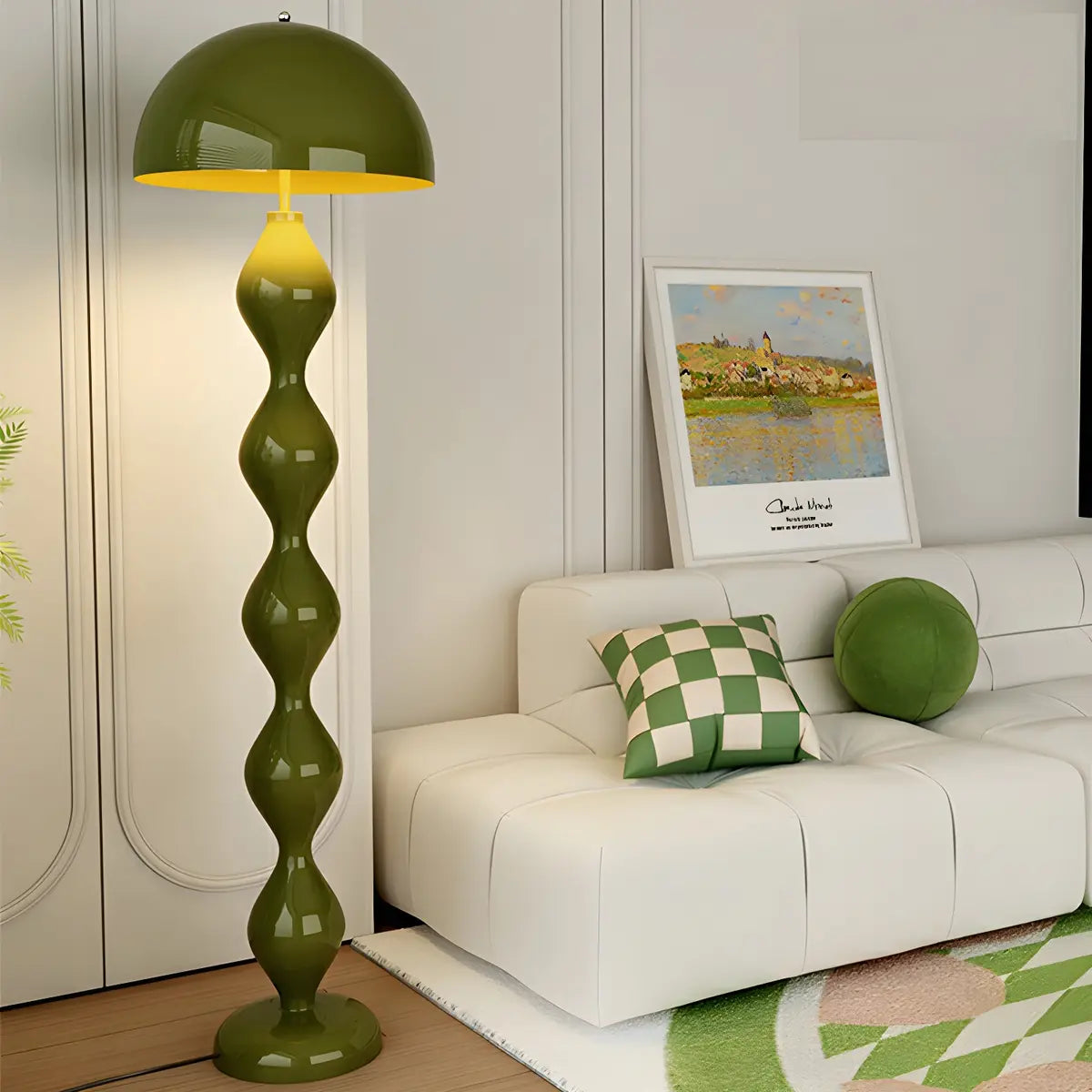
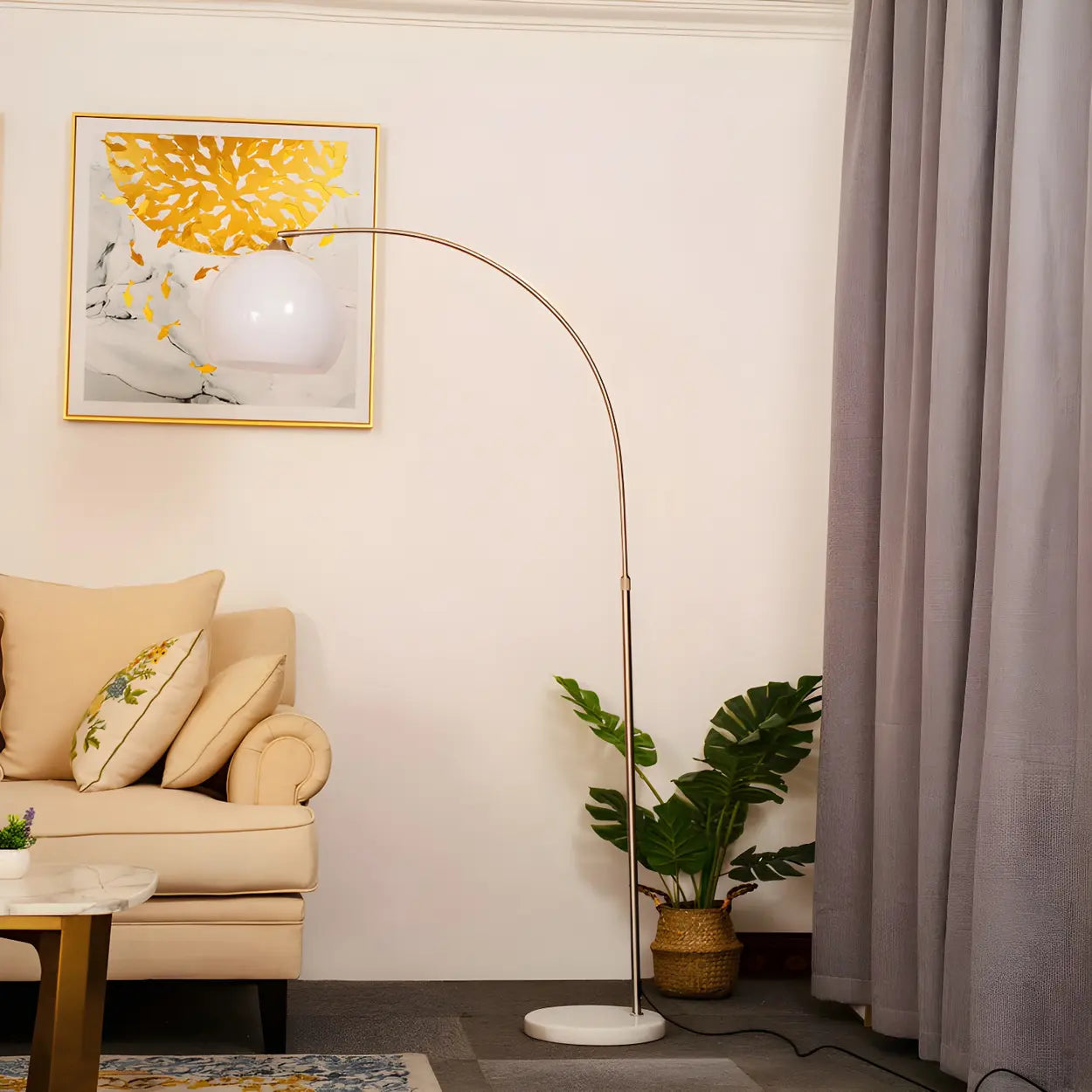
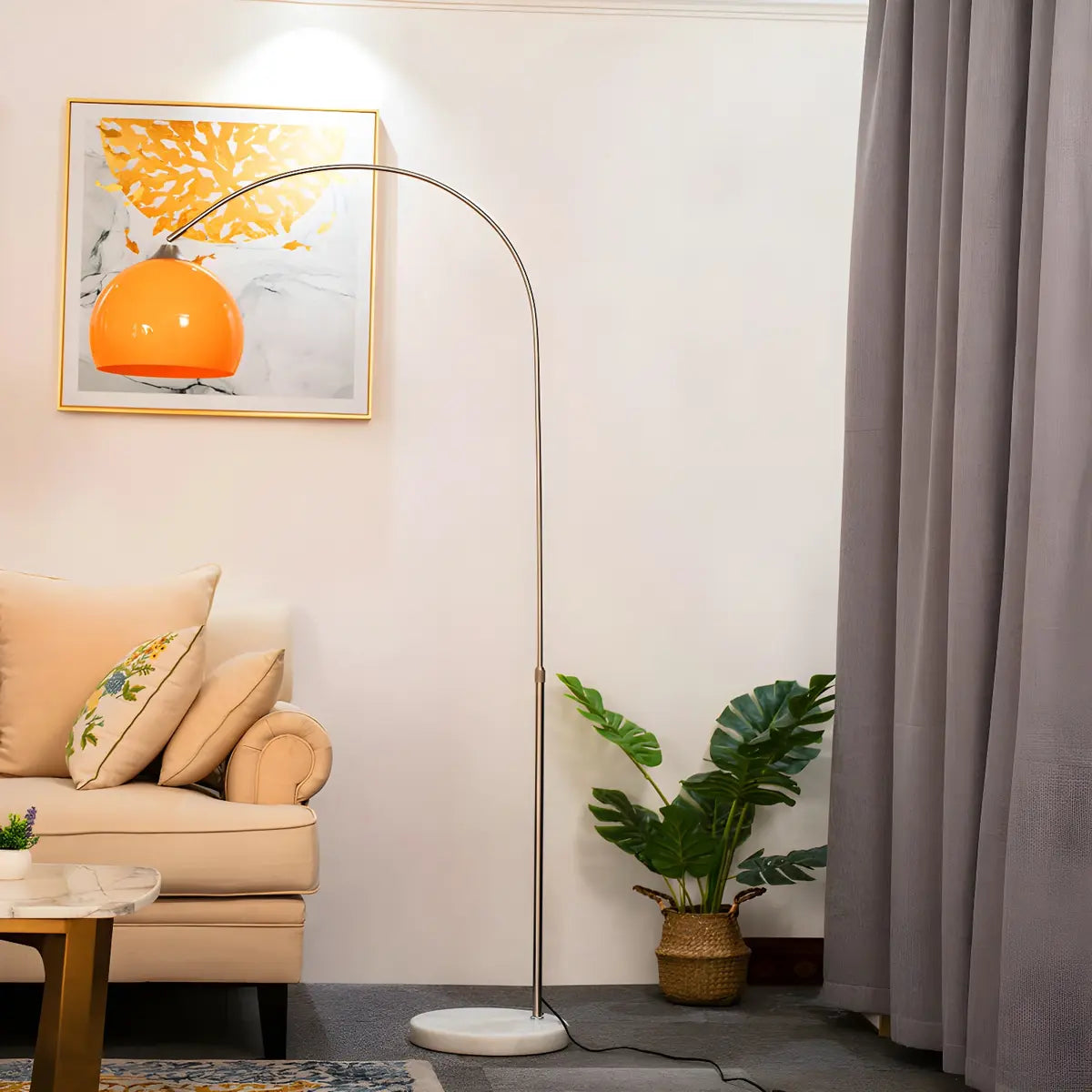
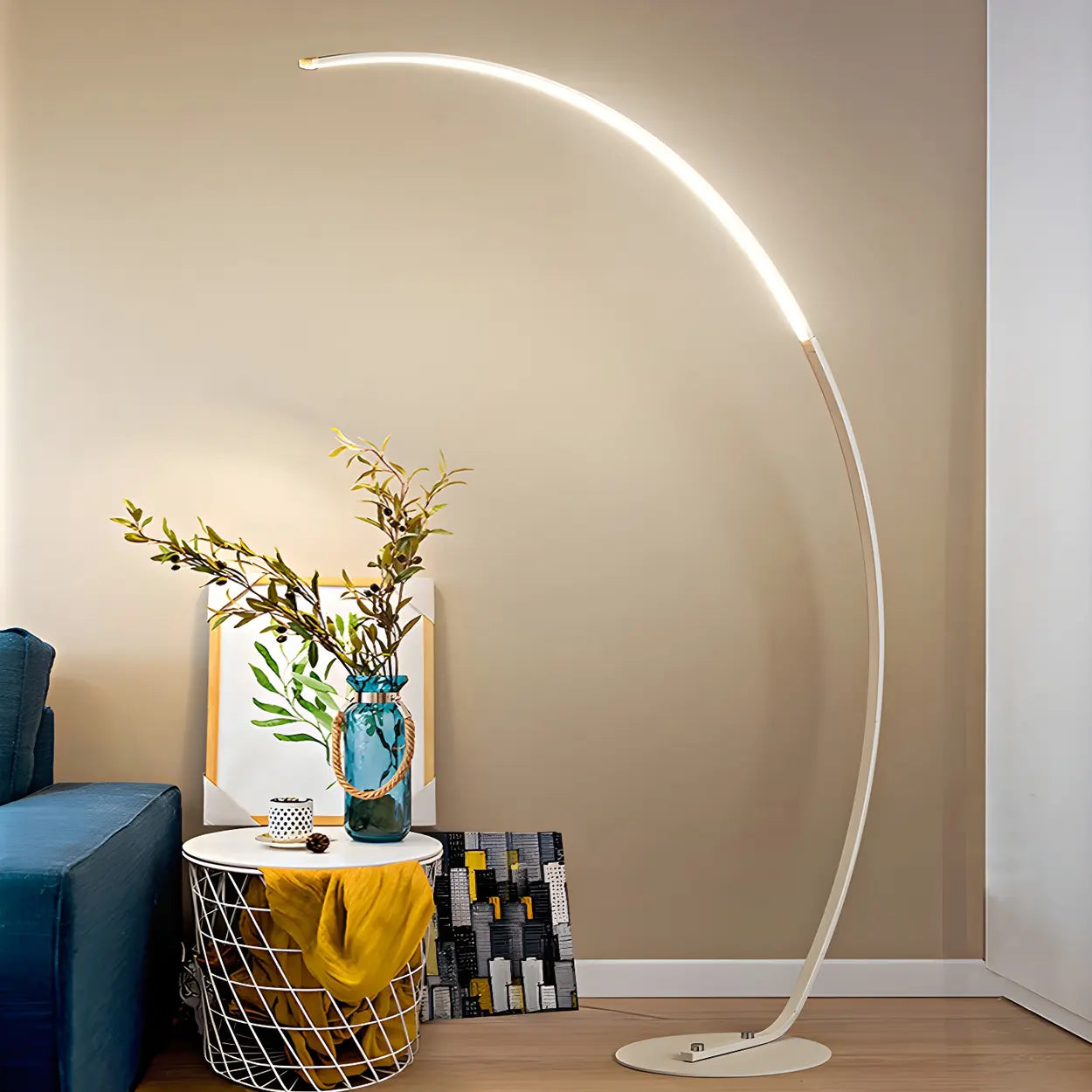
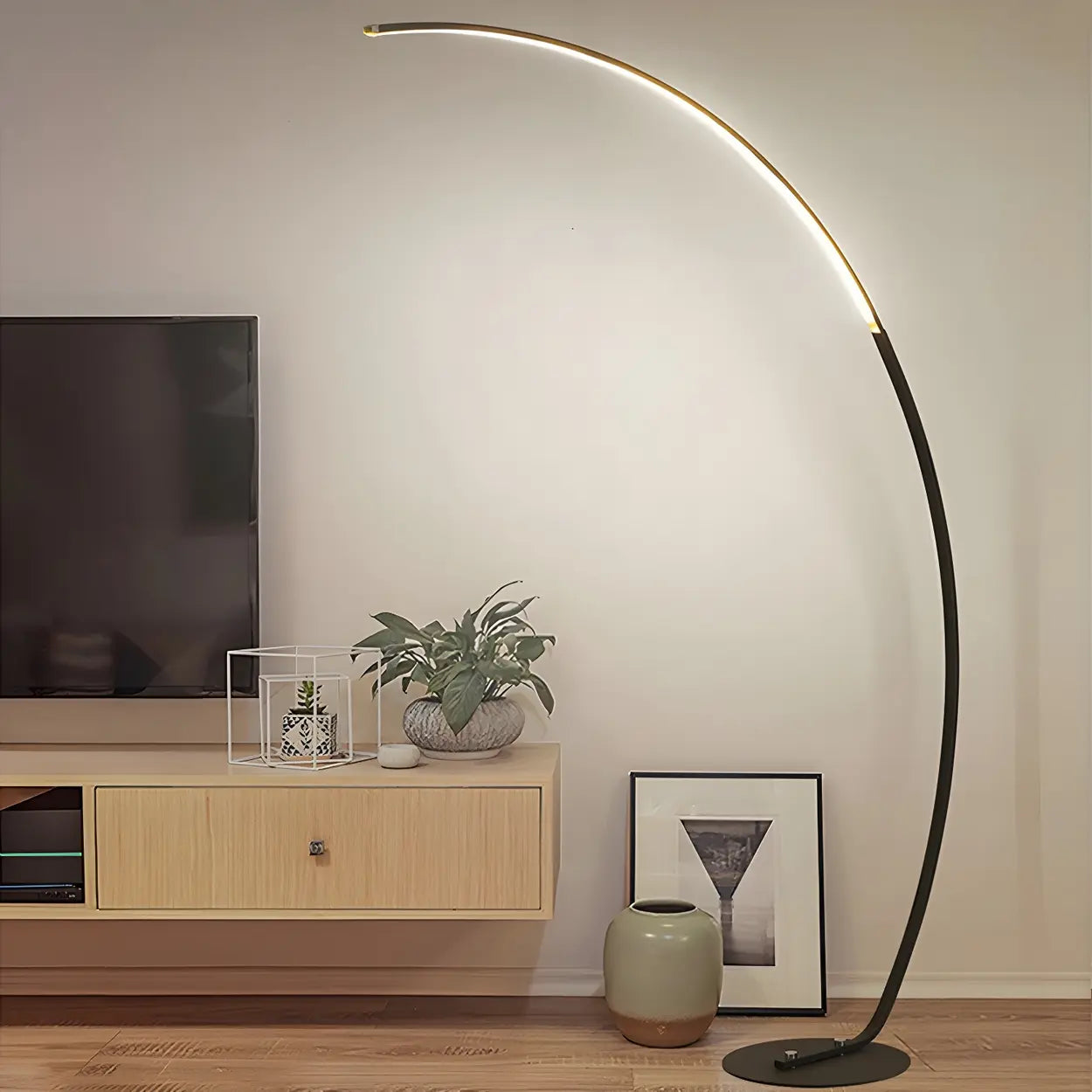
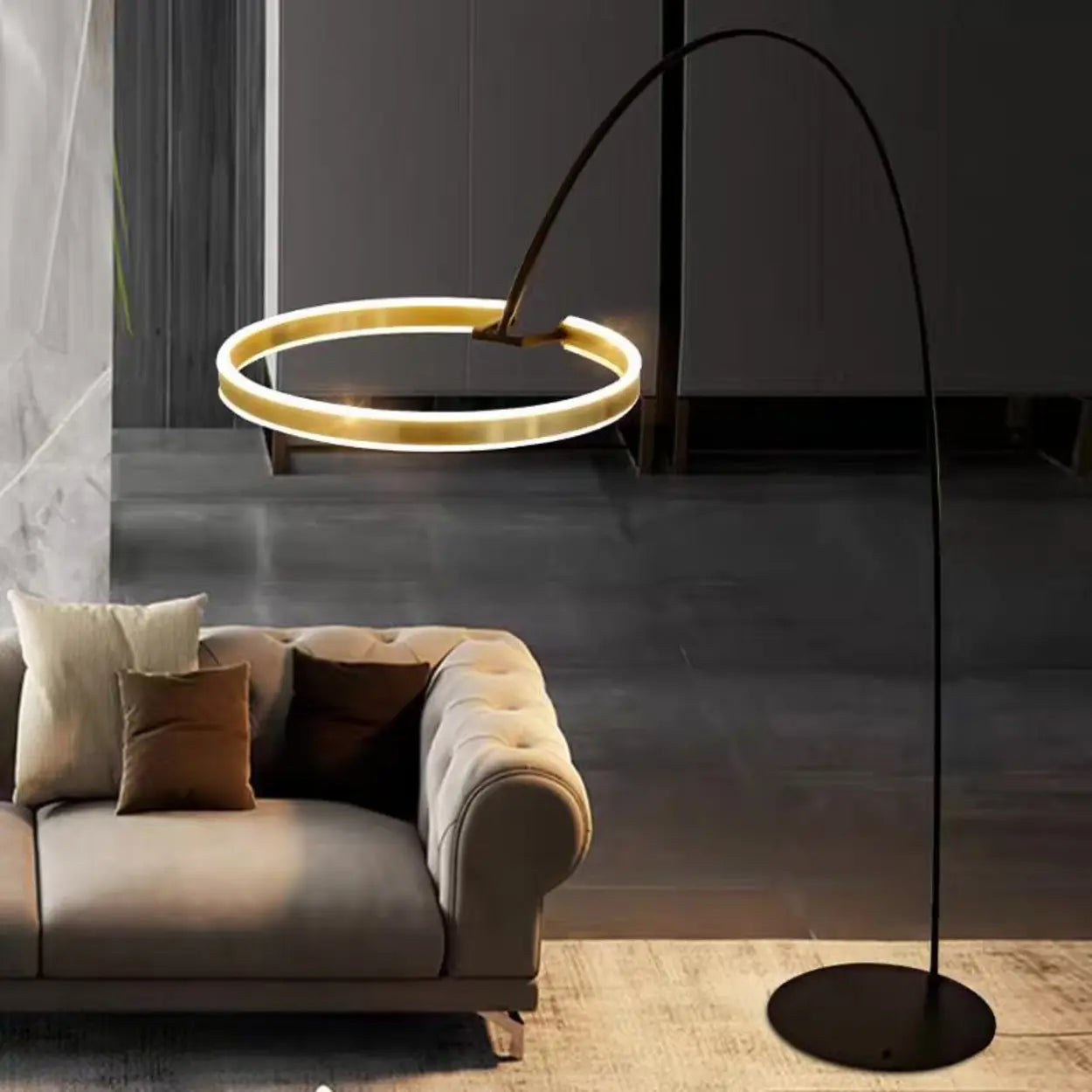
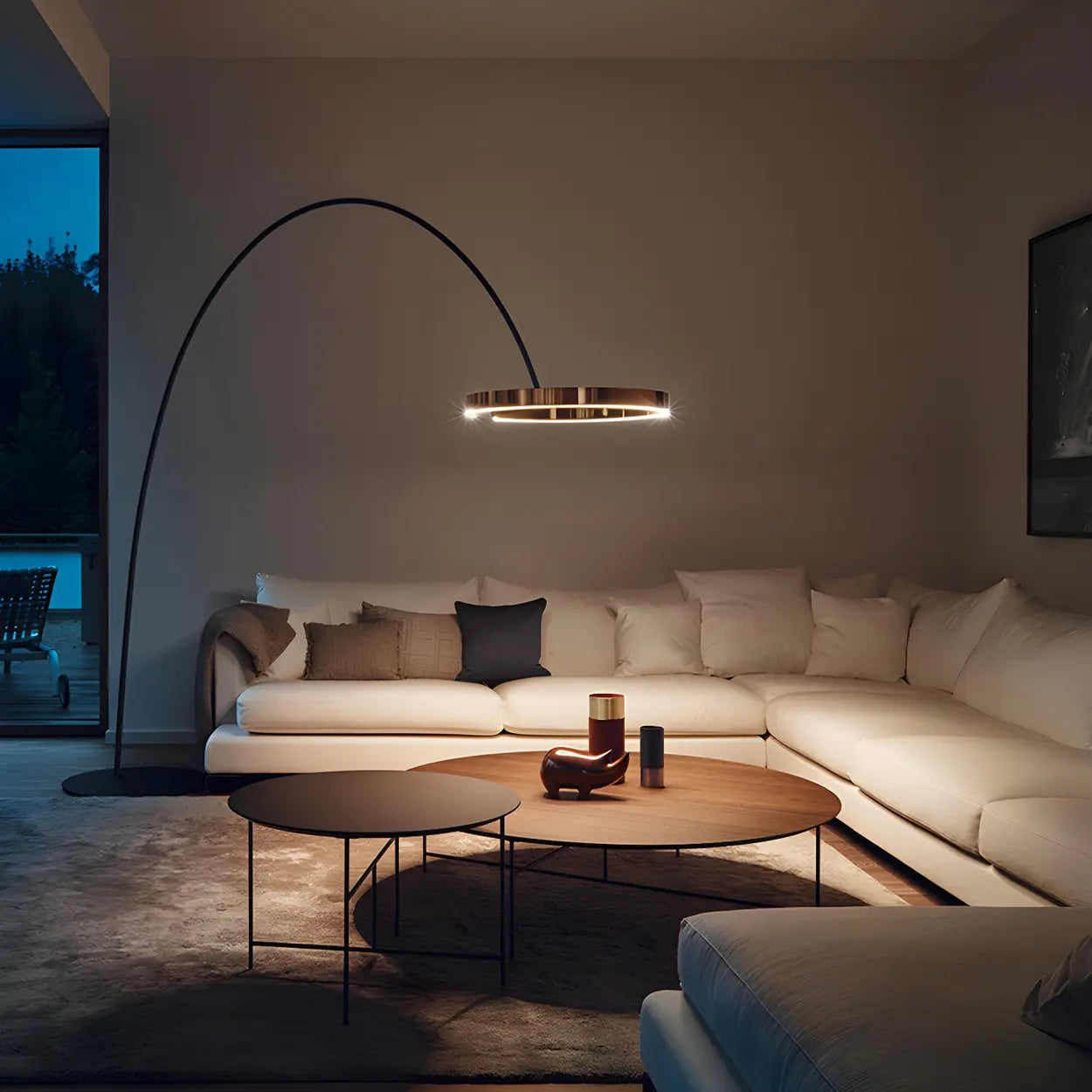
![10 Best Floor Lamp for Reading [2025 Review]](http://www.homebaa.com/cdn/shop/articles/banner_c990b0a4-4743-4902-b6be-5609f7a21a90.webp?v=1747357941)
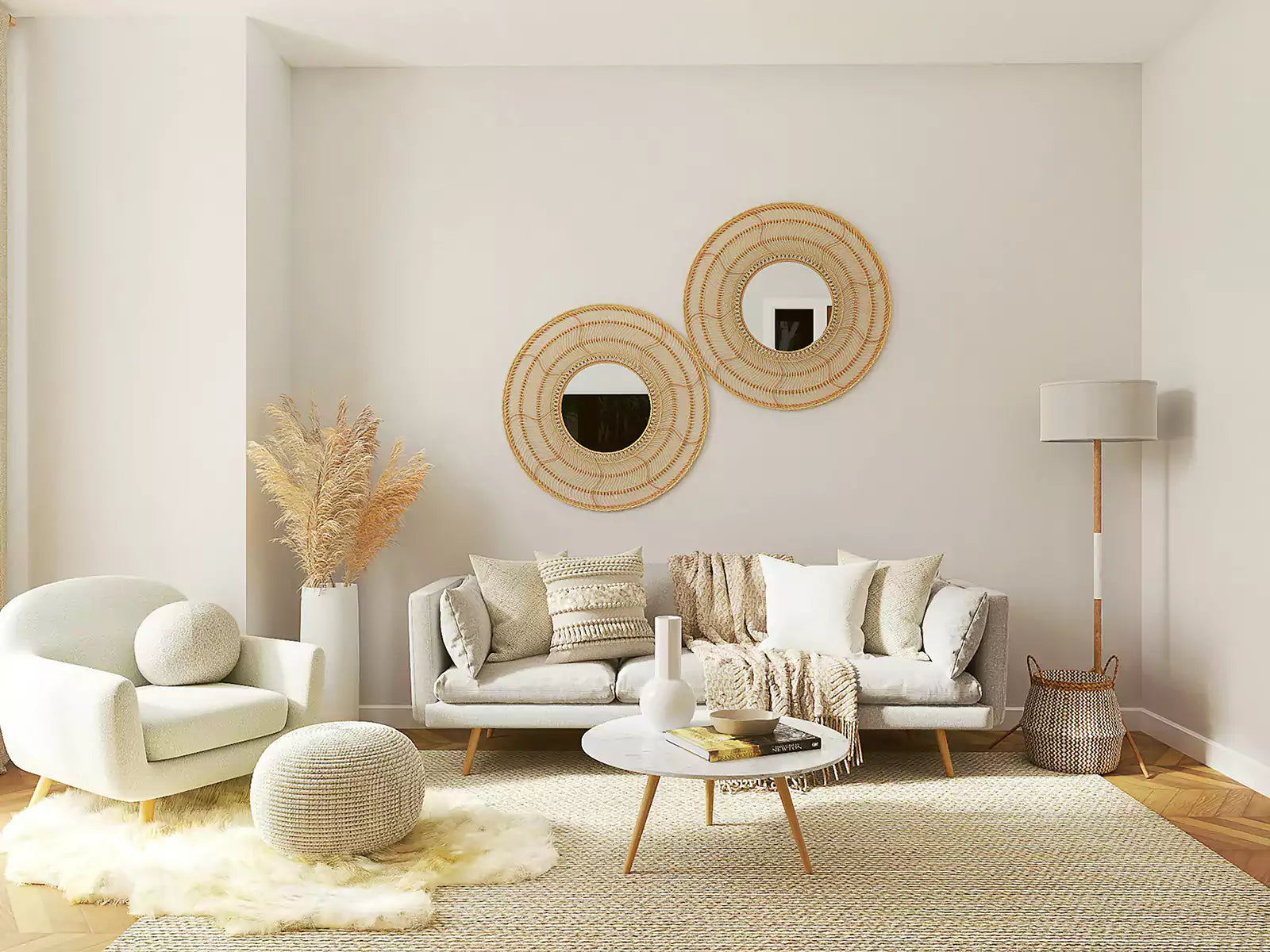

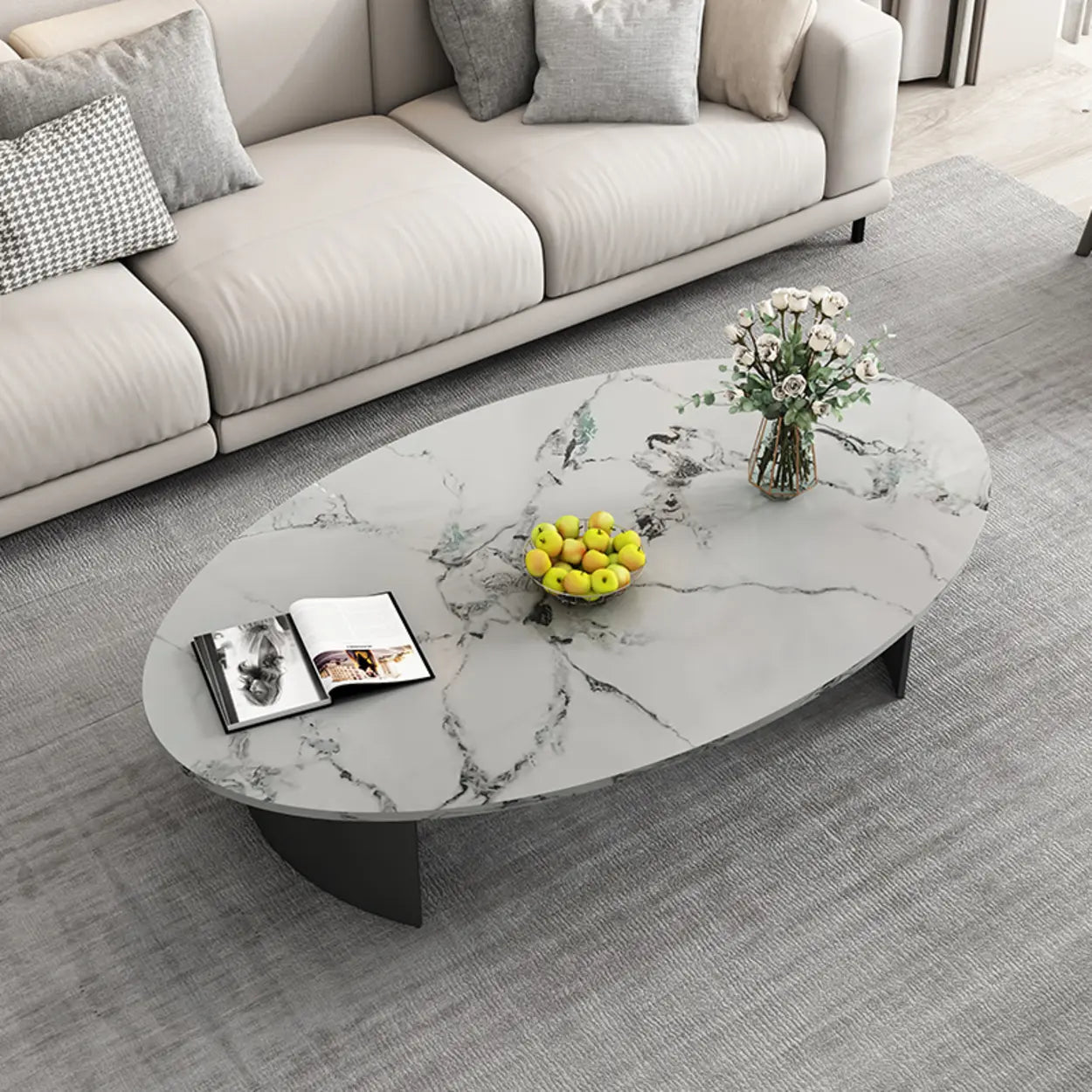
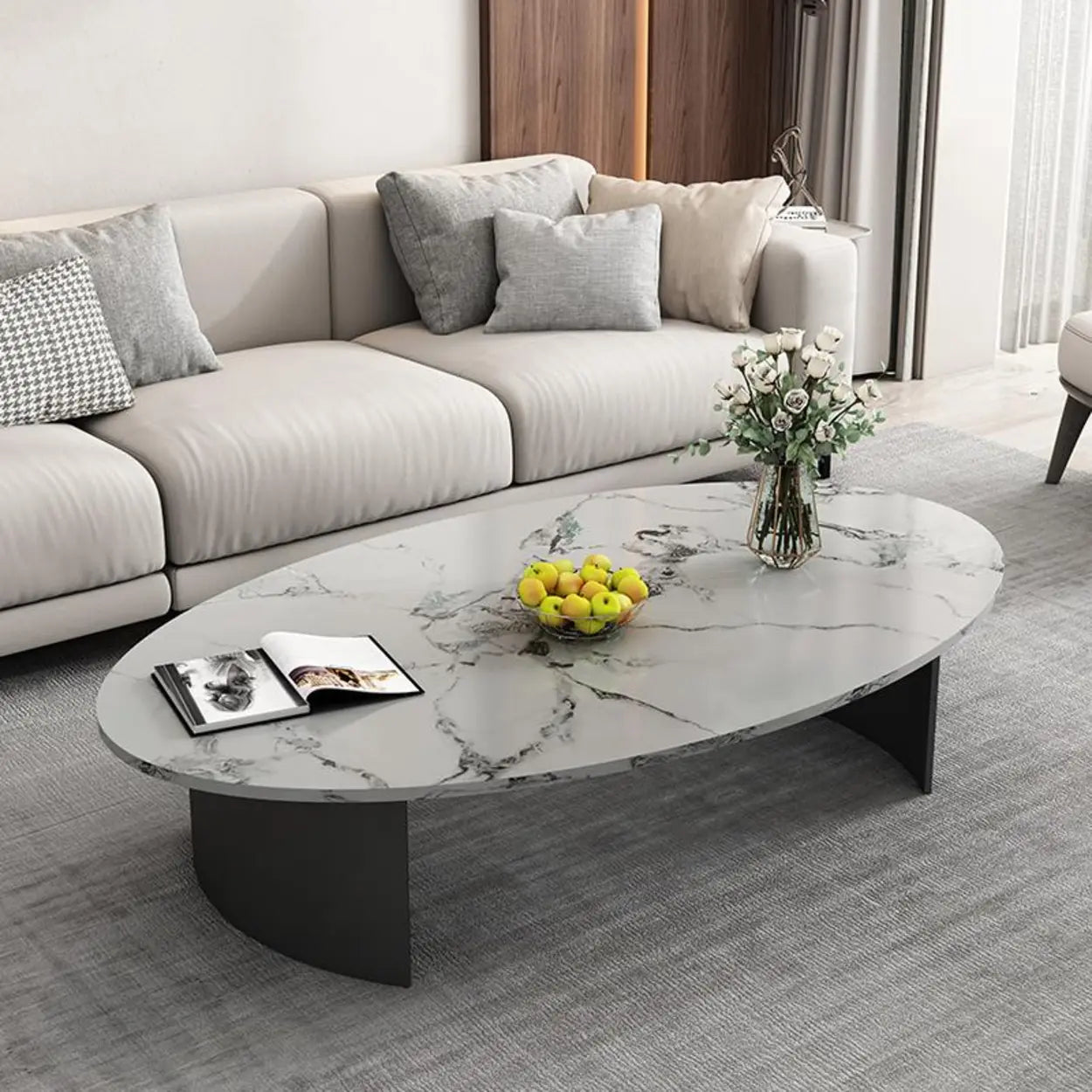


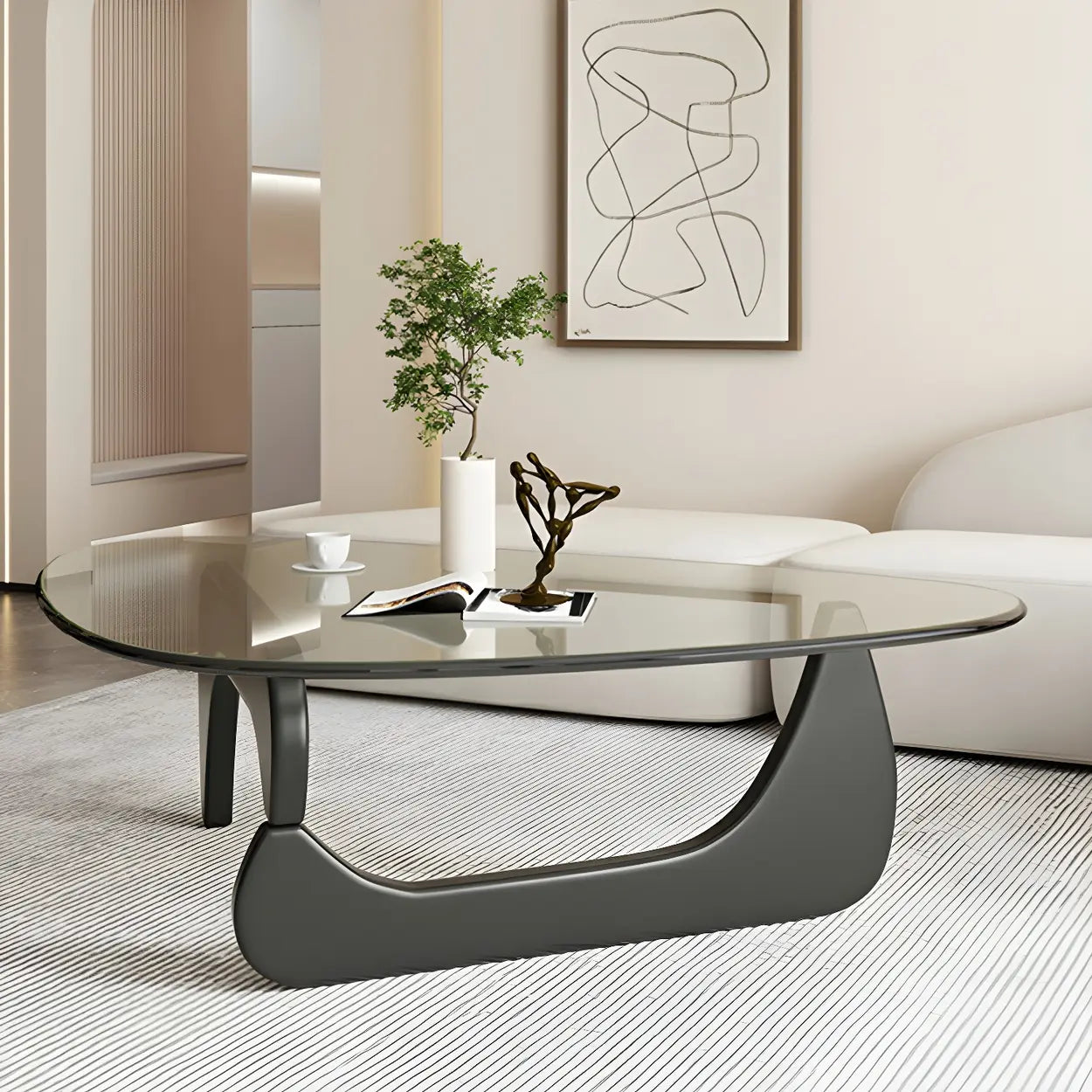
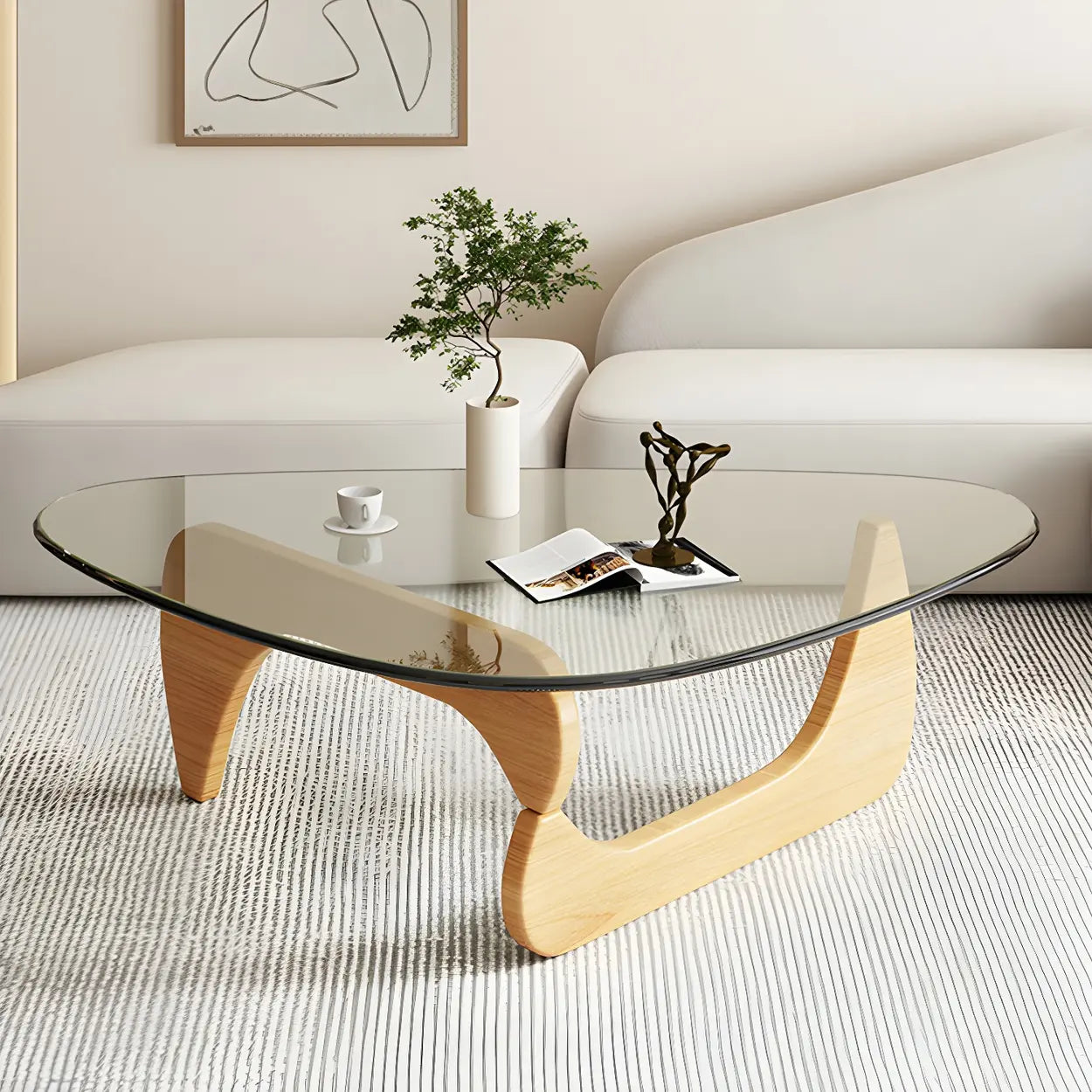

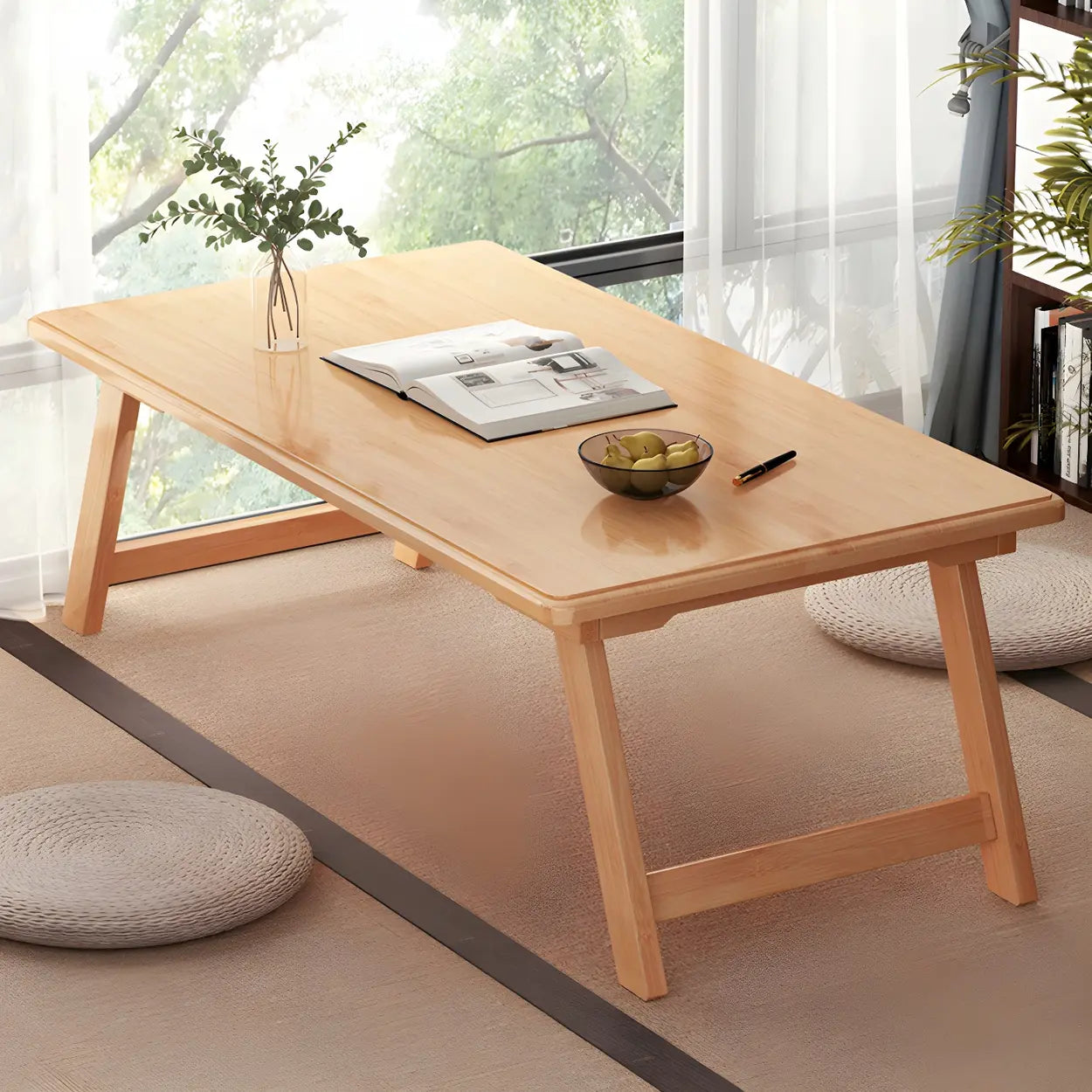
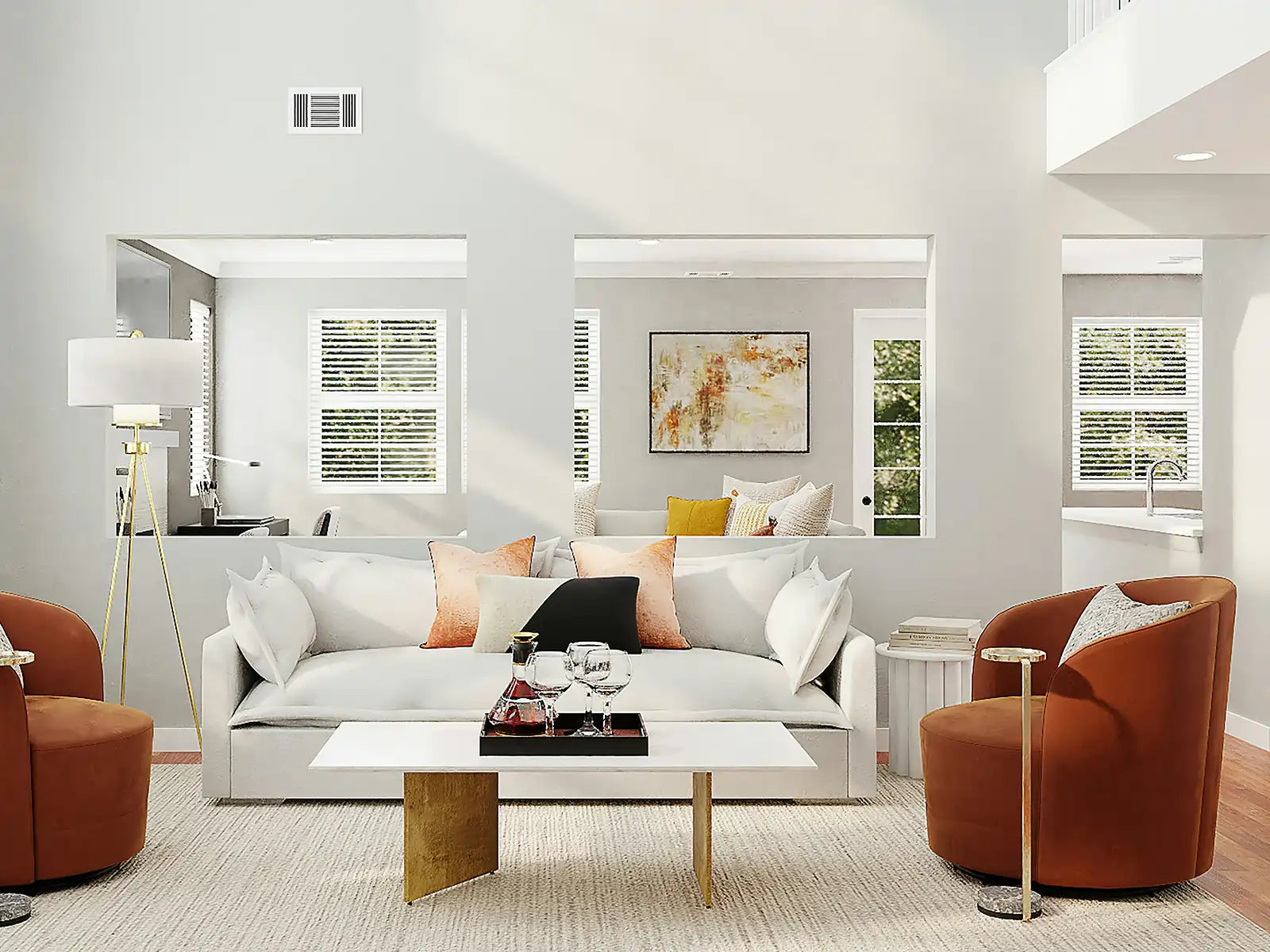
![How to Choose the Coffee Table Height? [2025 Newest Guide]](http://www.homebaa.com/cdn/shop/articles/coffee-table-height.webp?v=1749523259)
